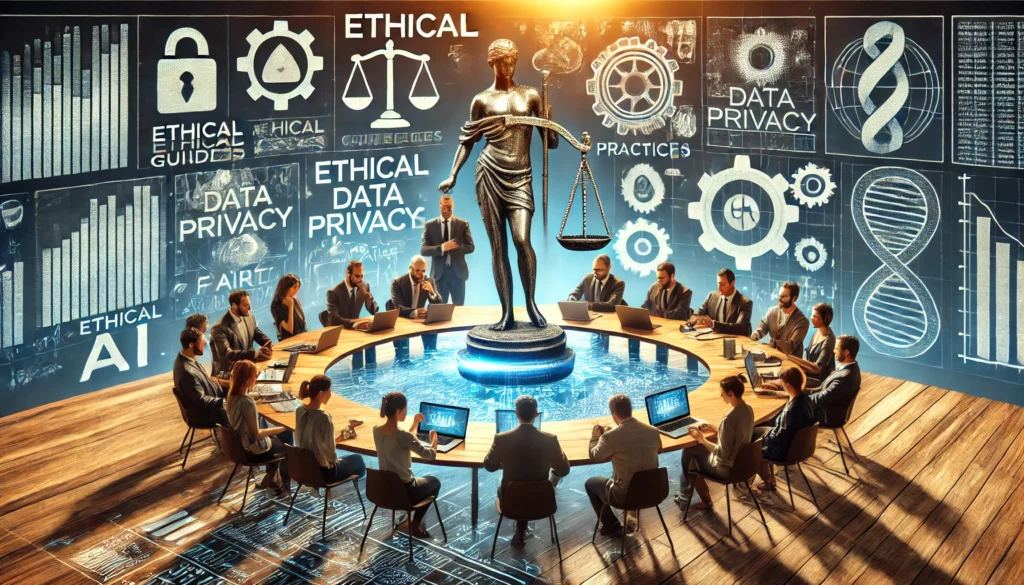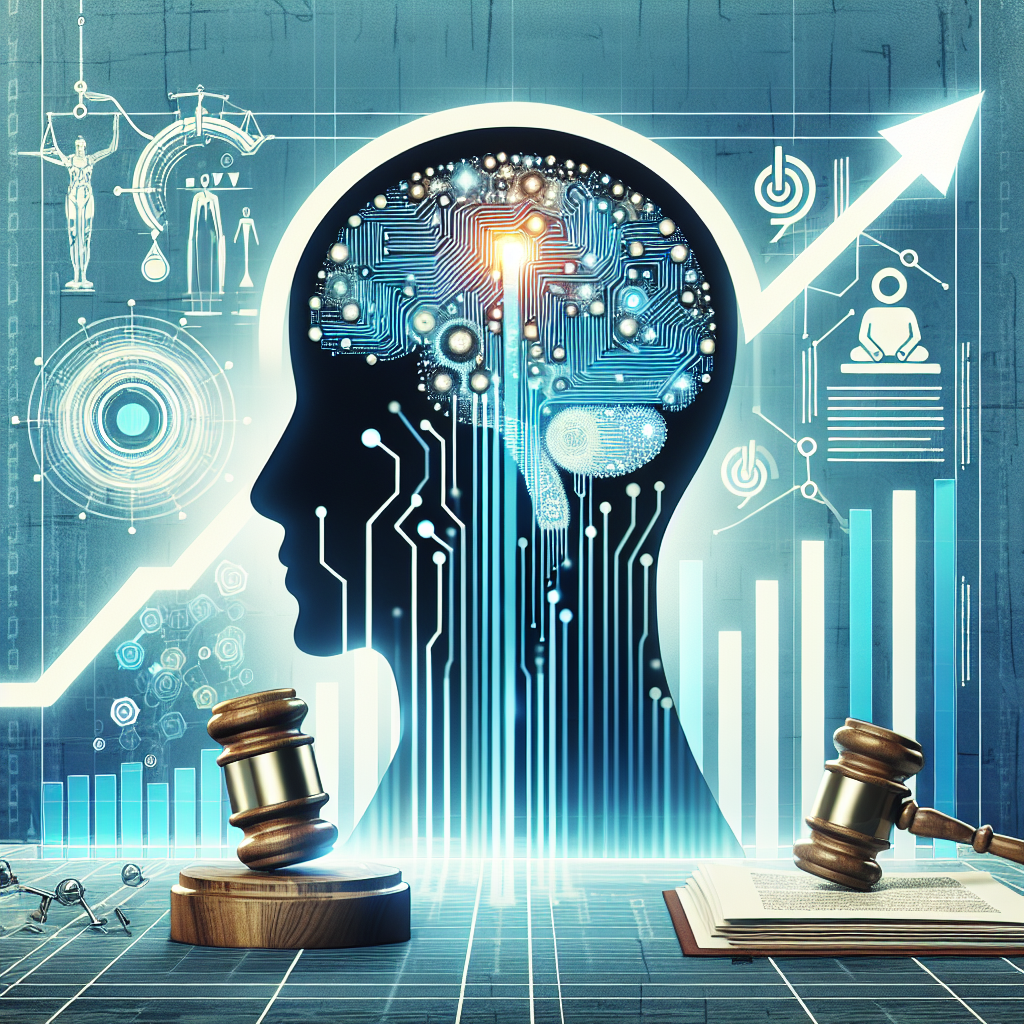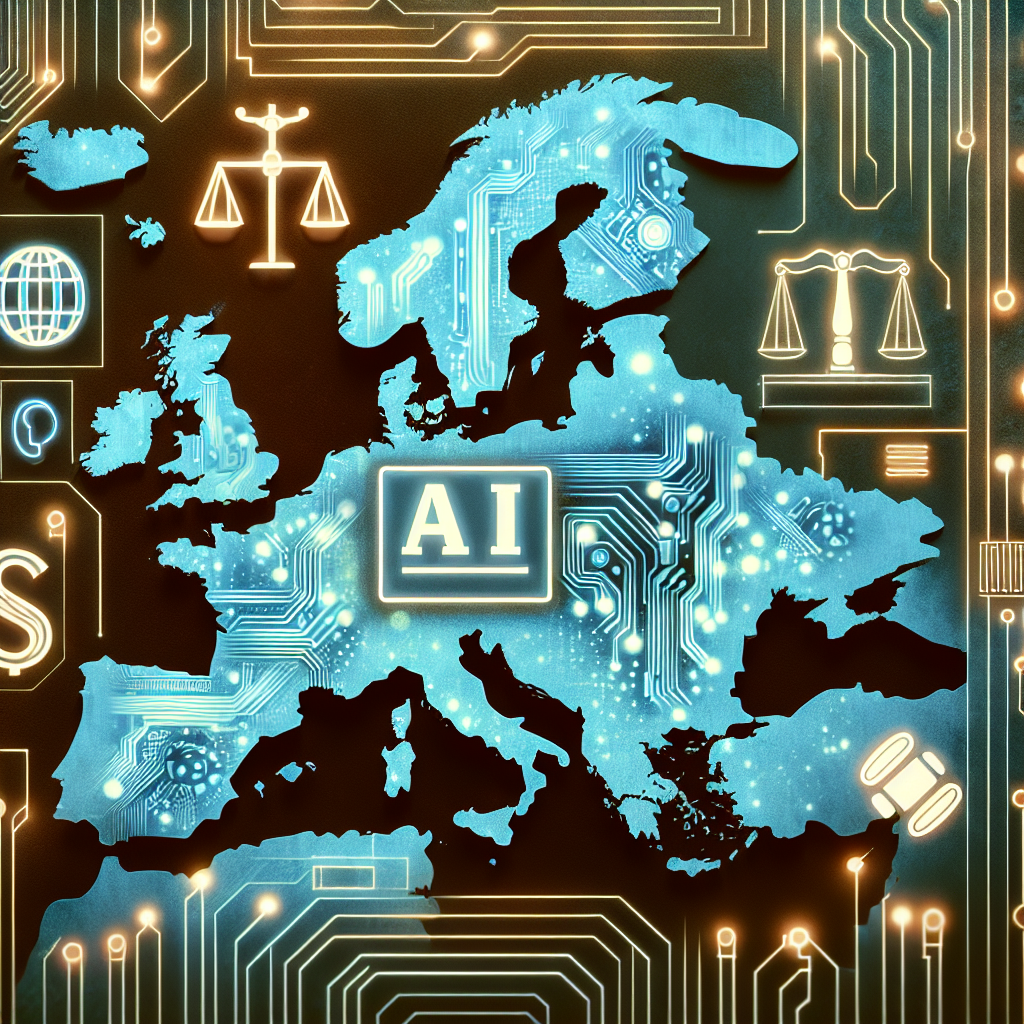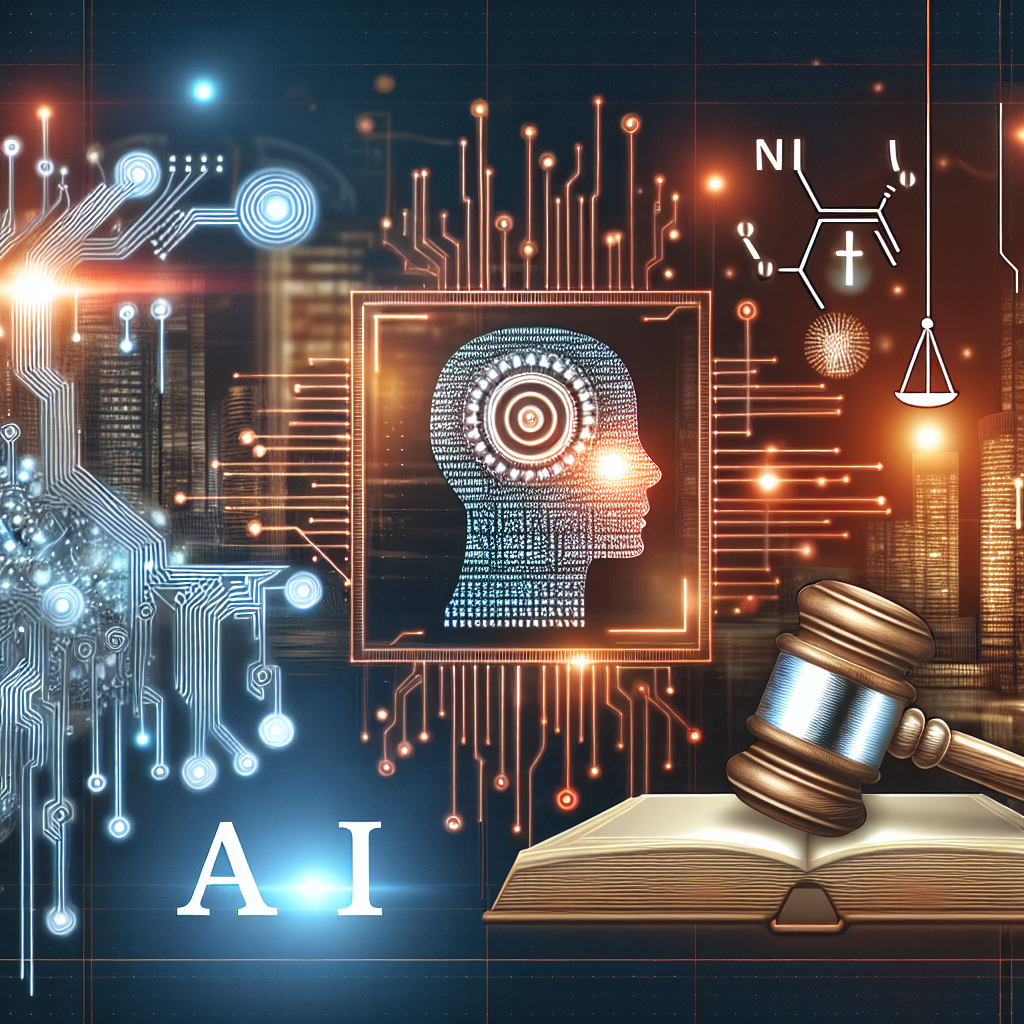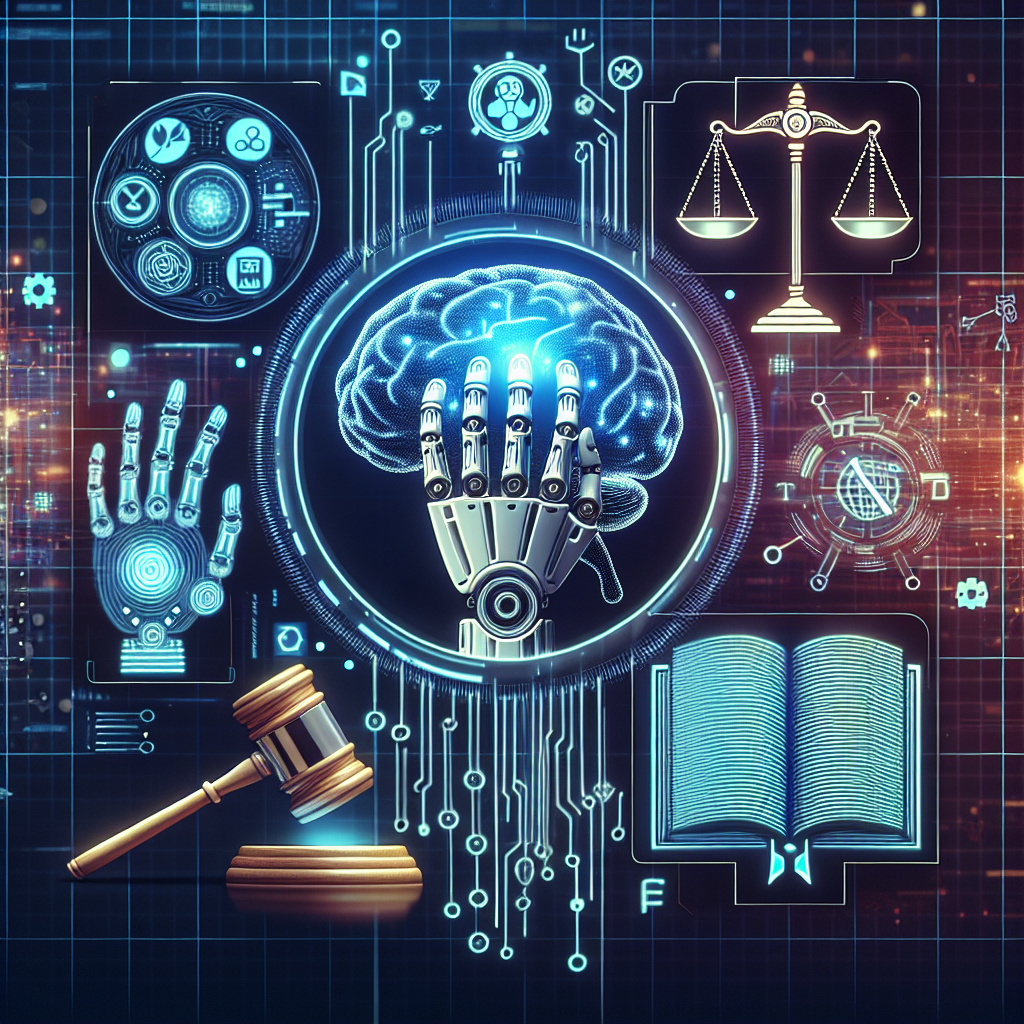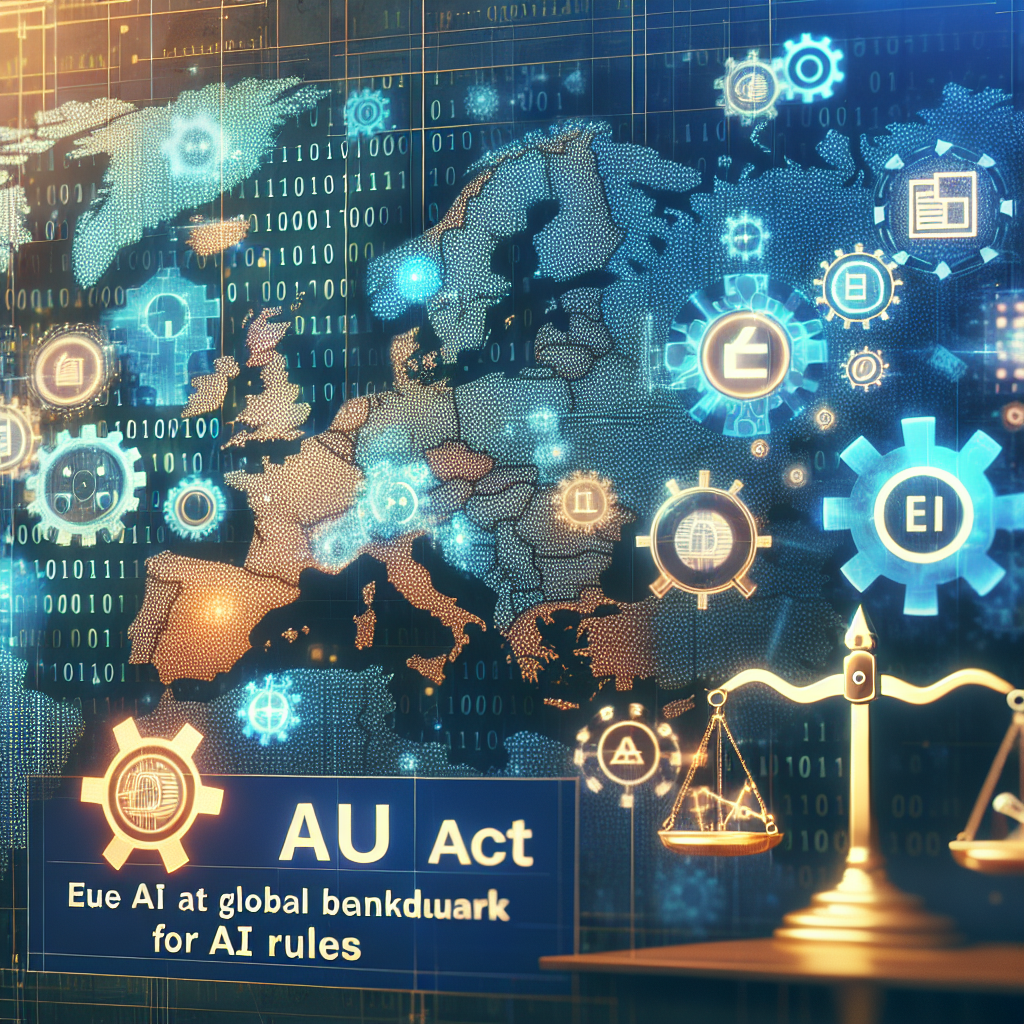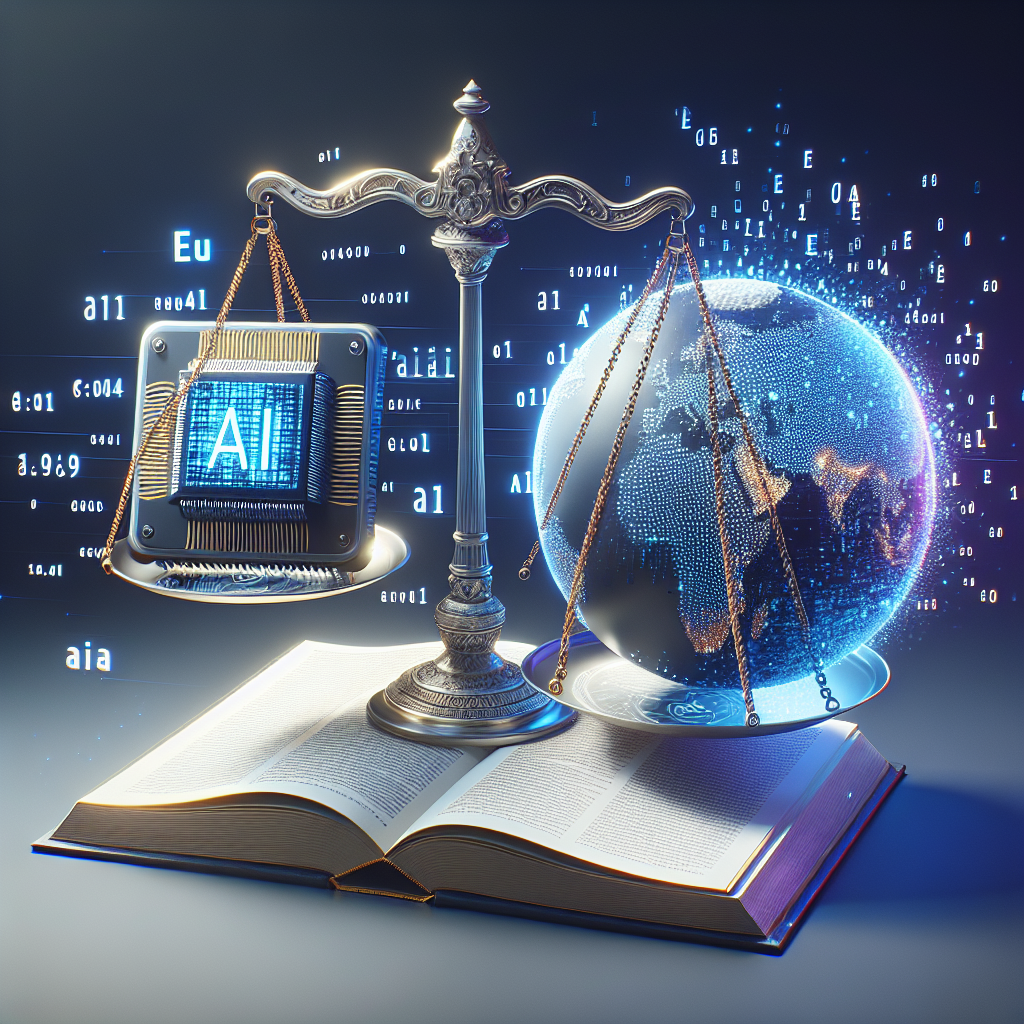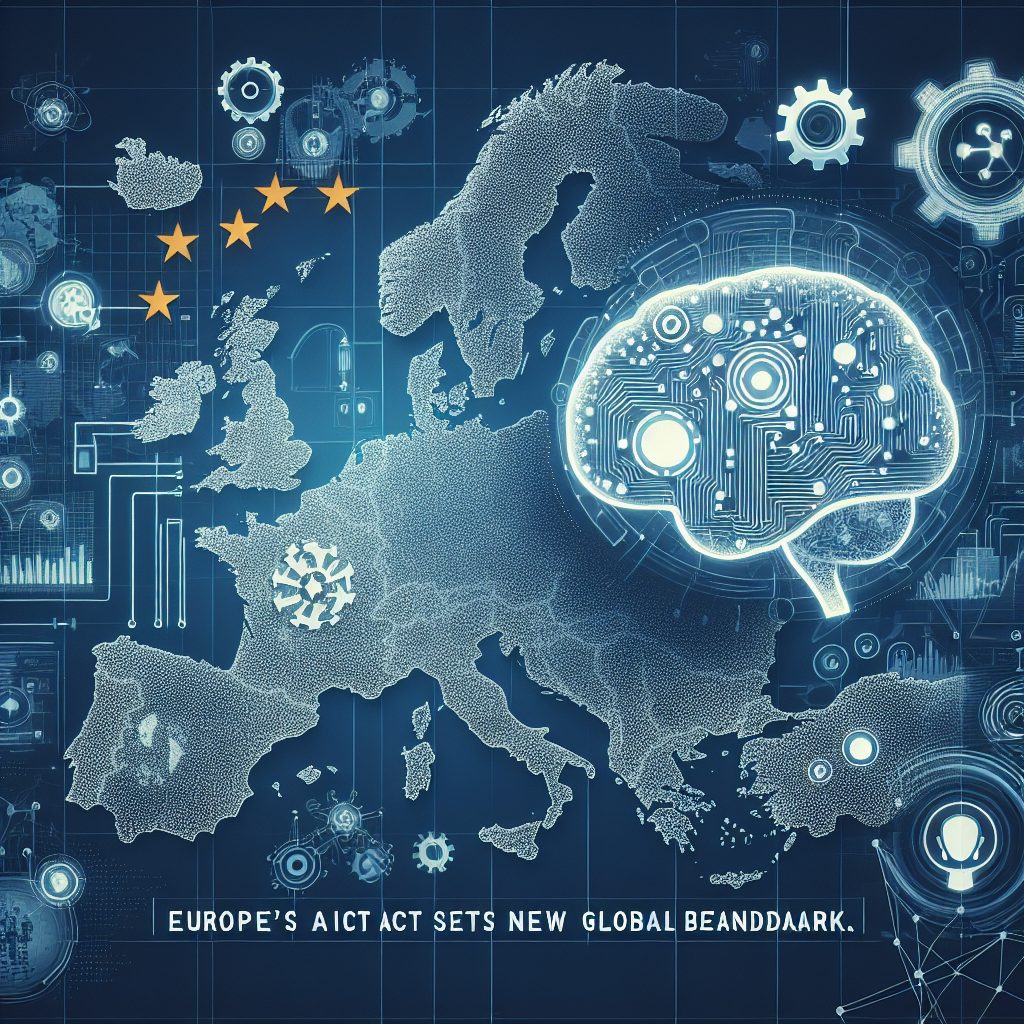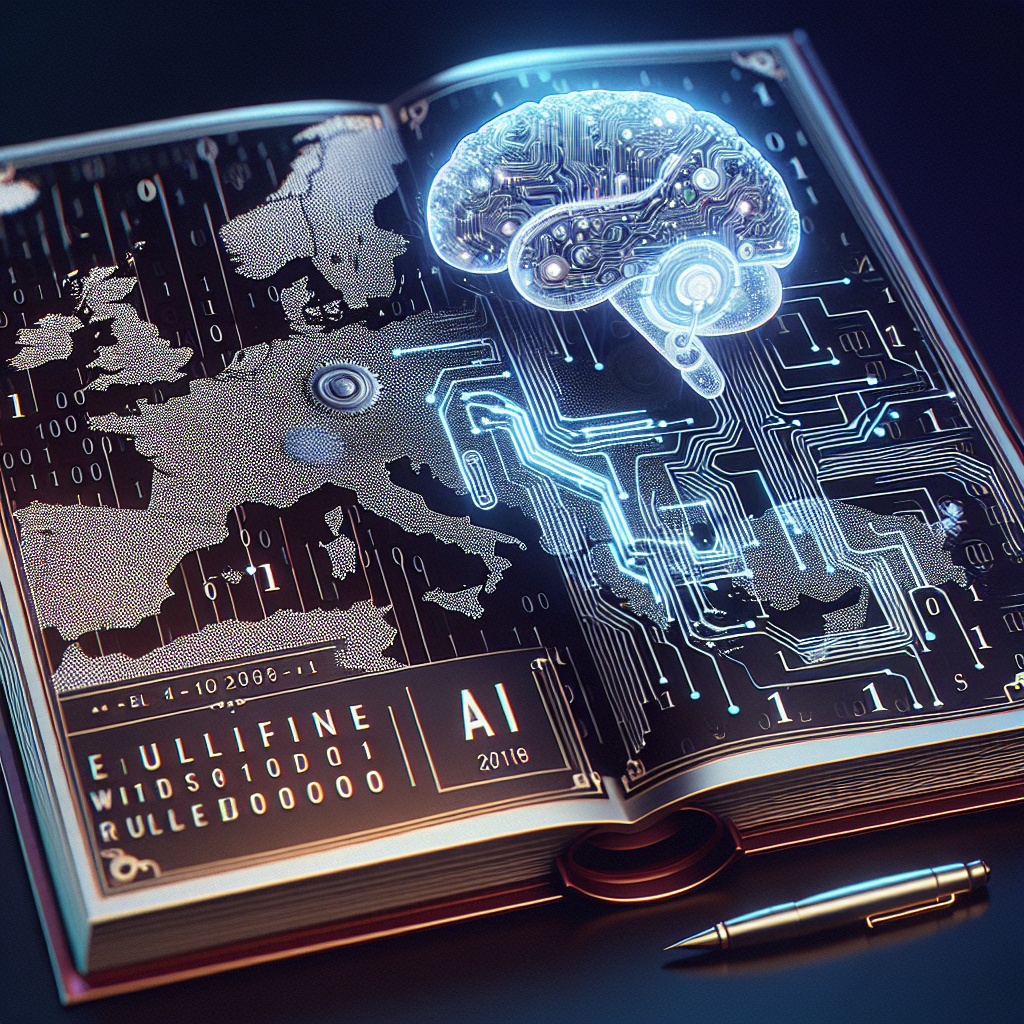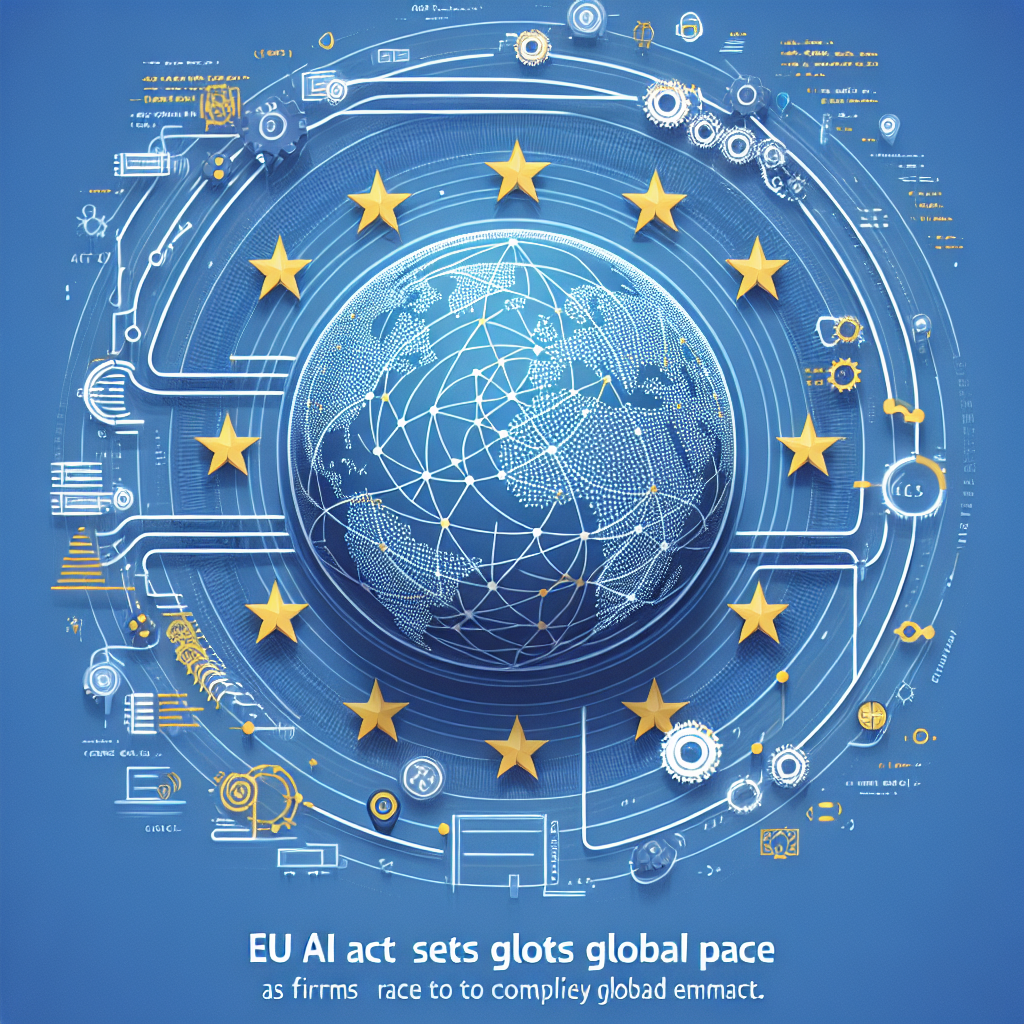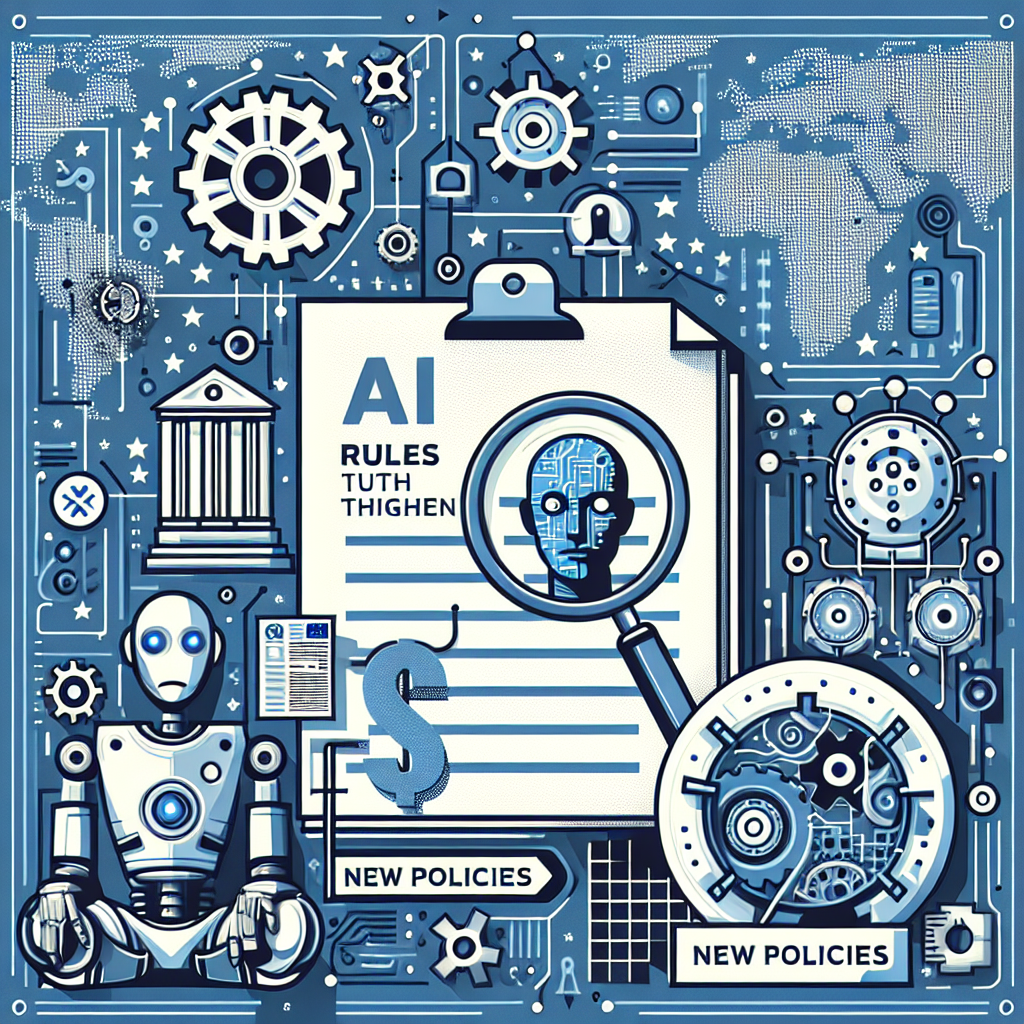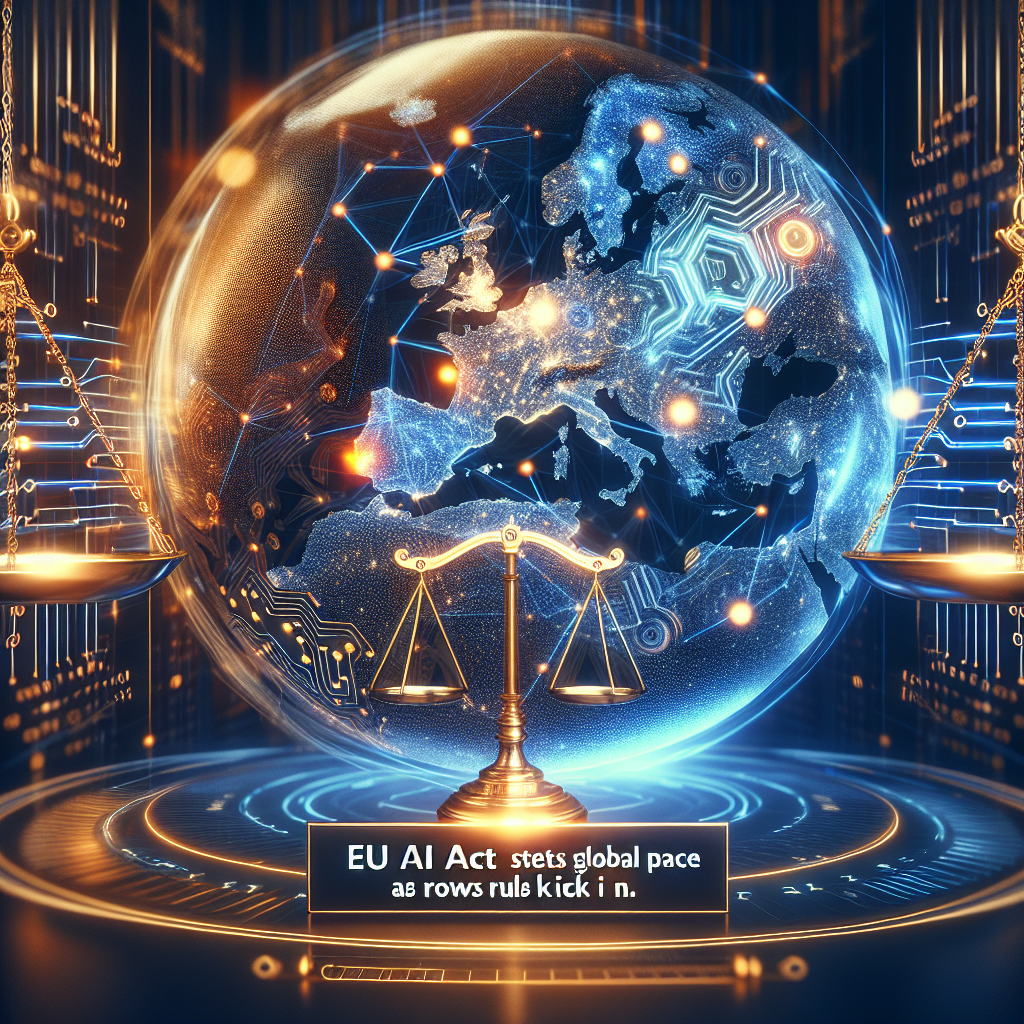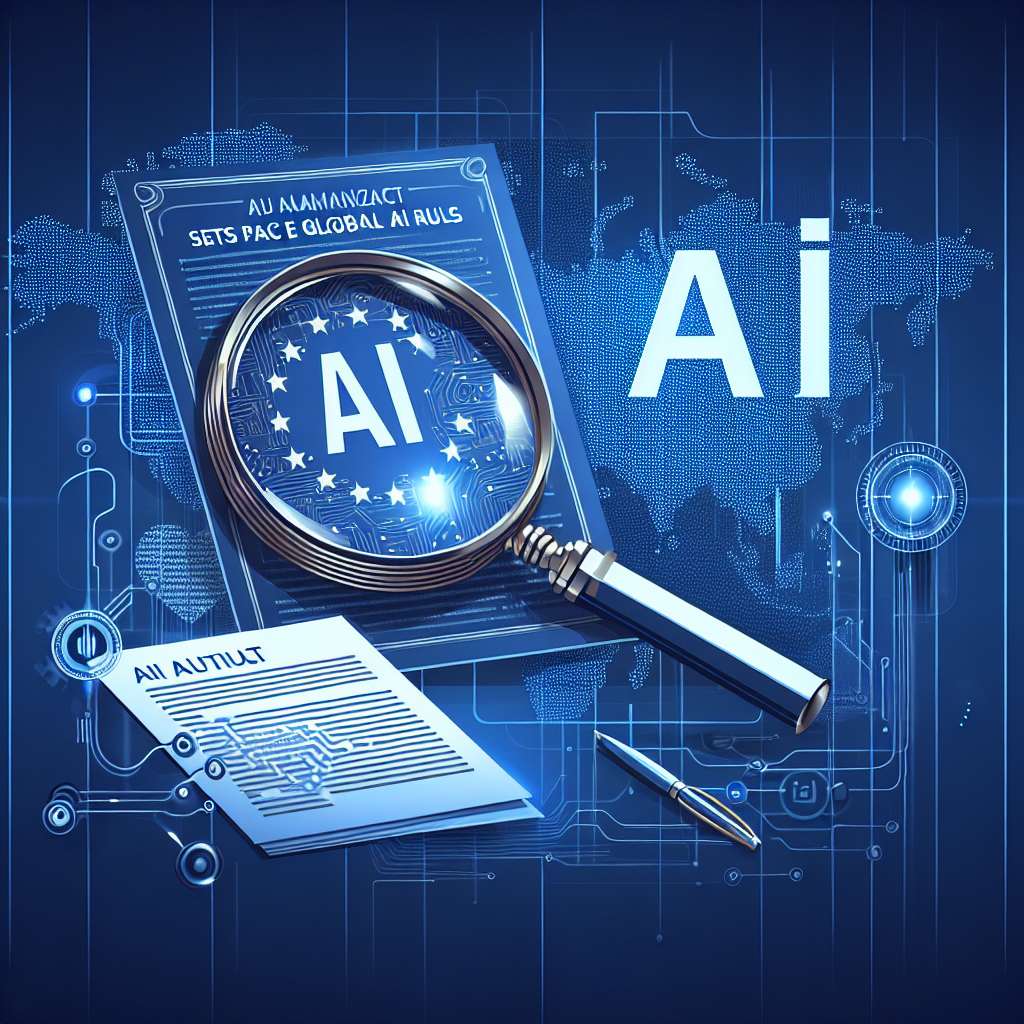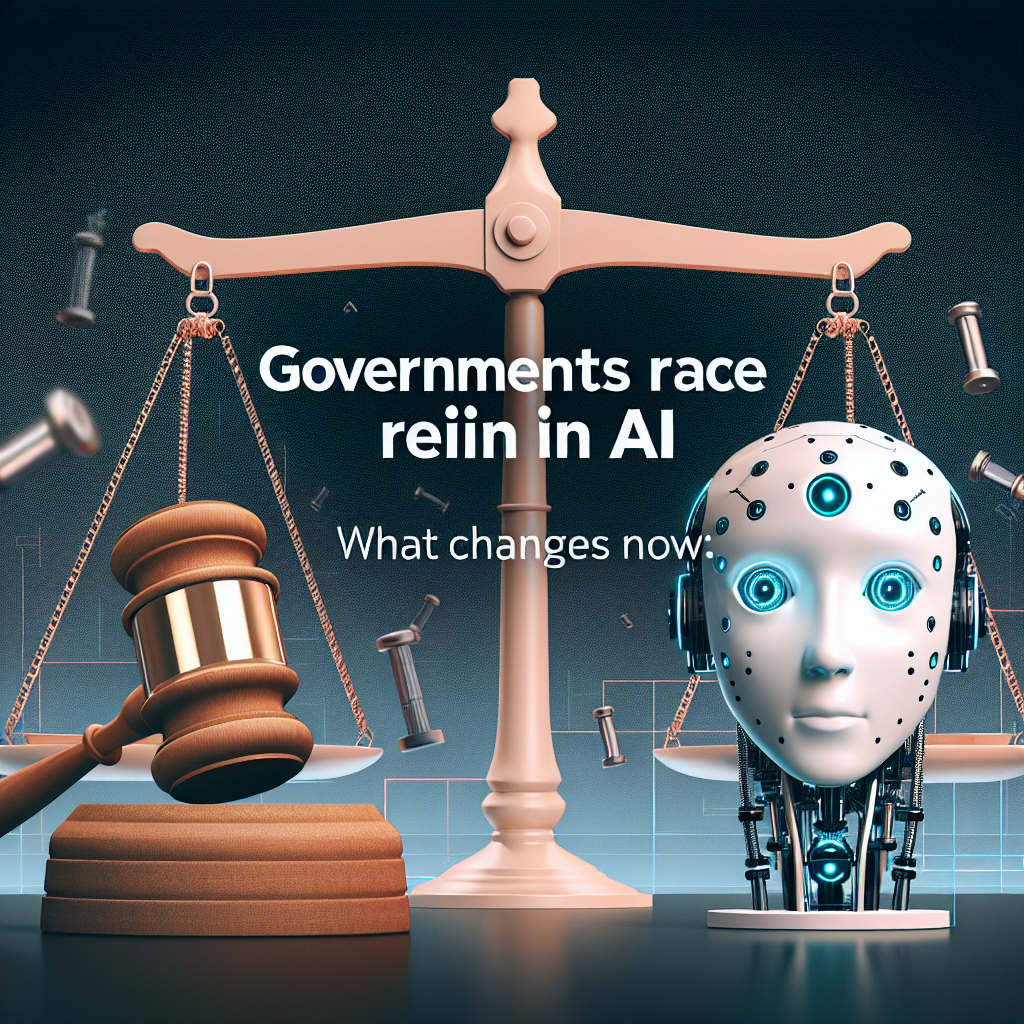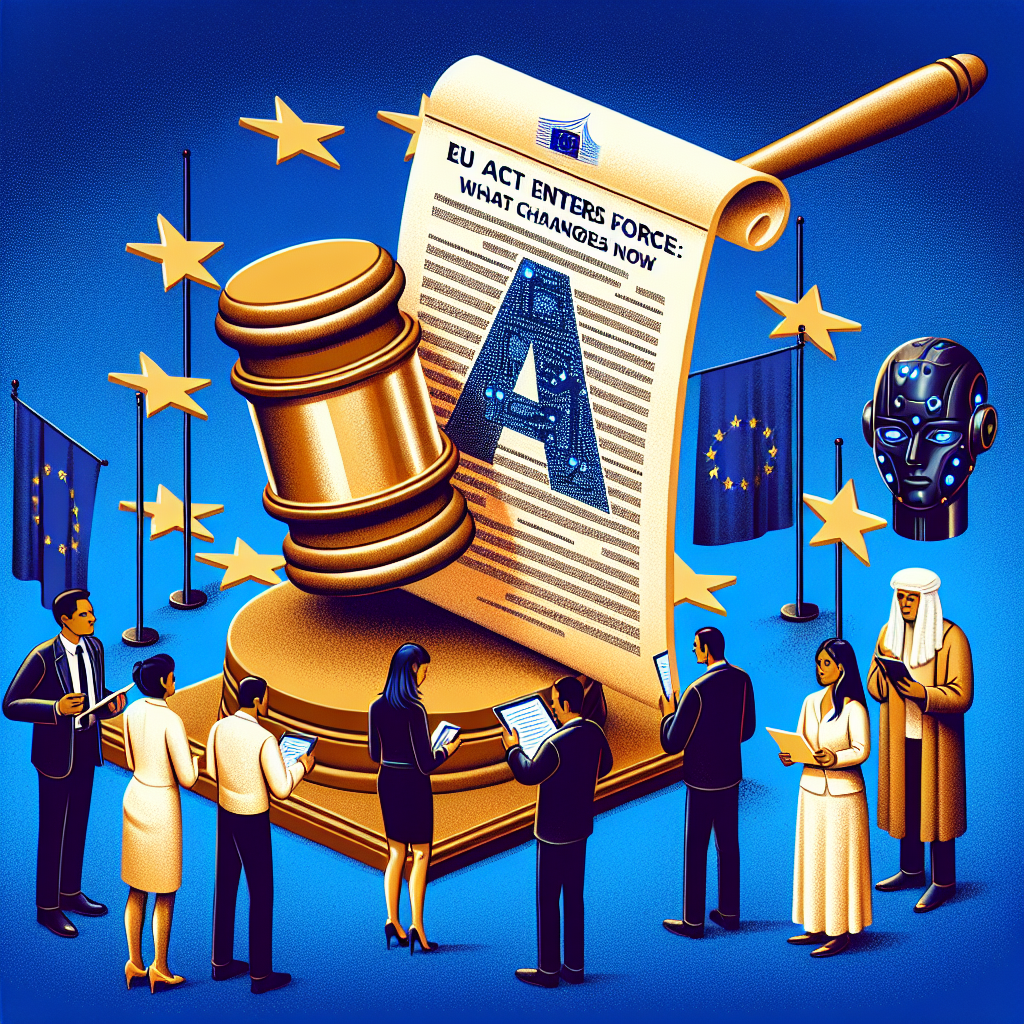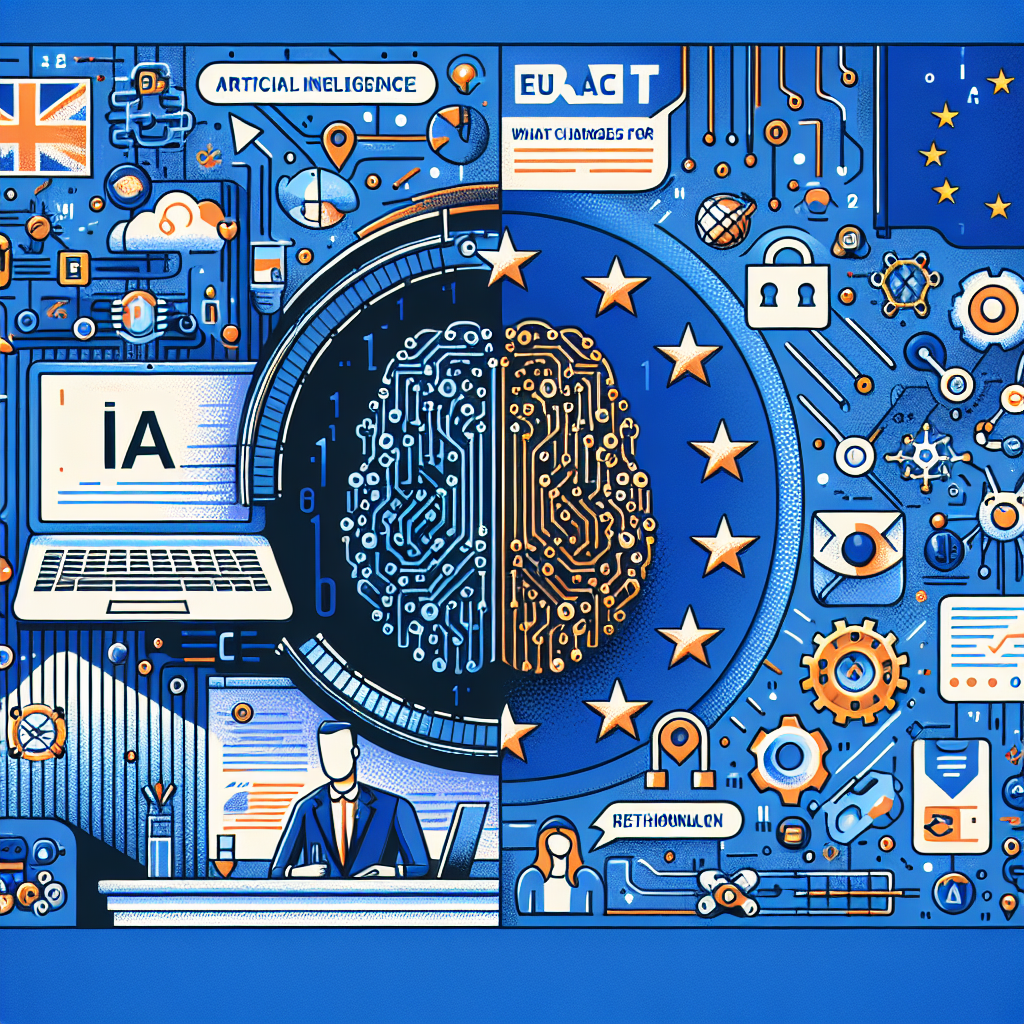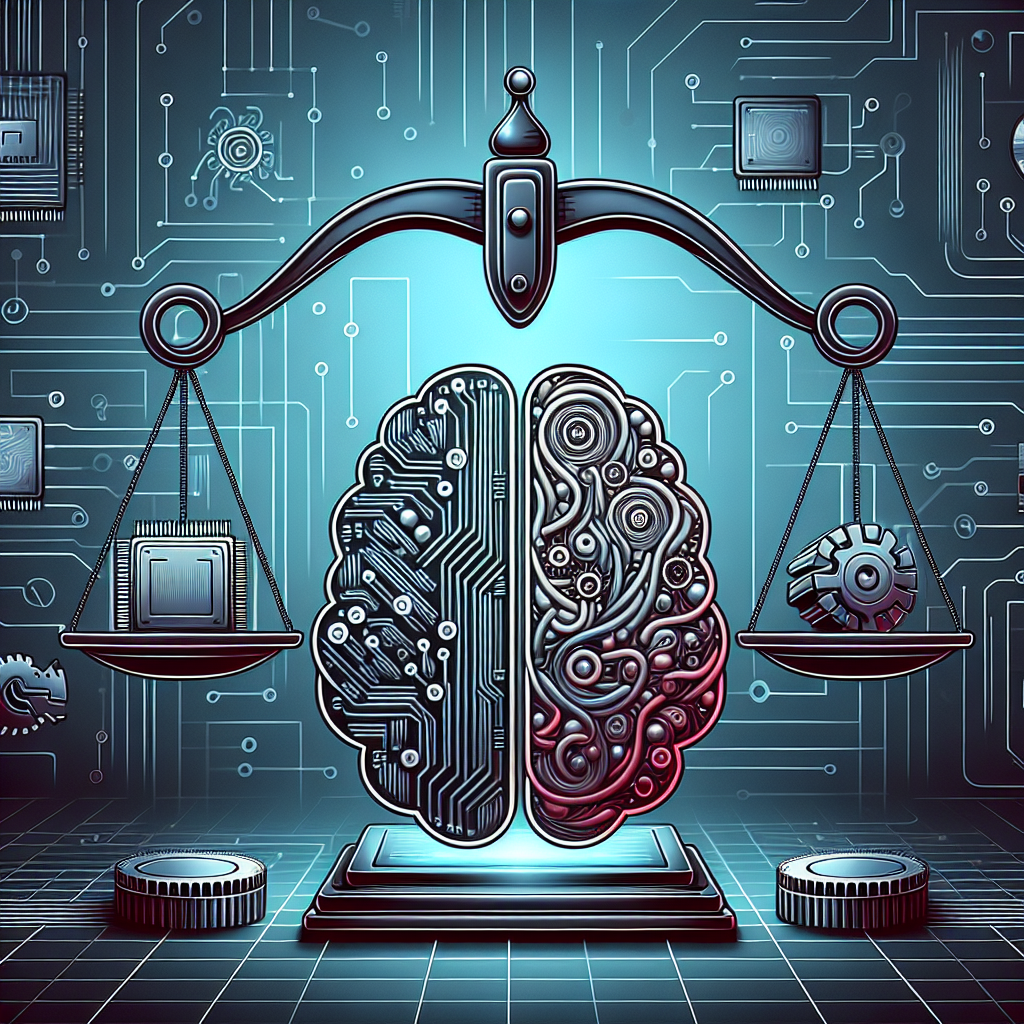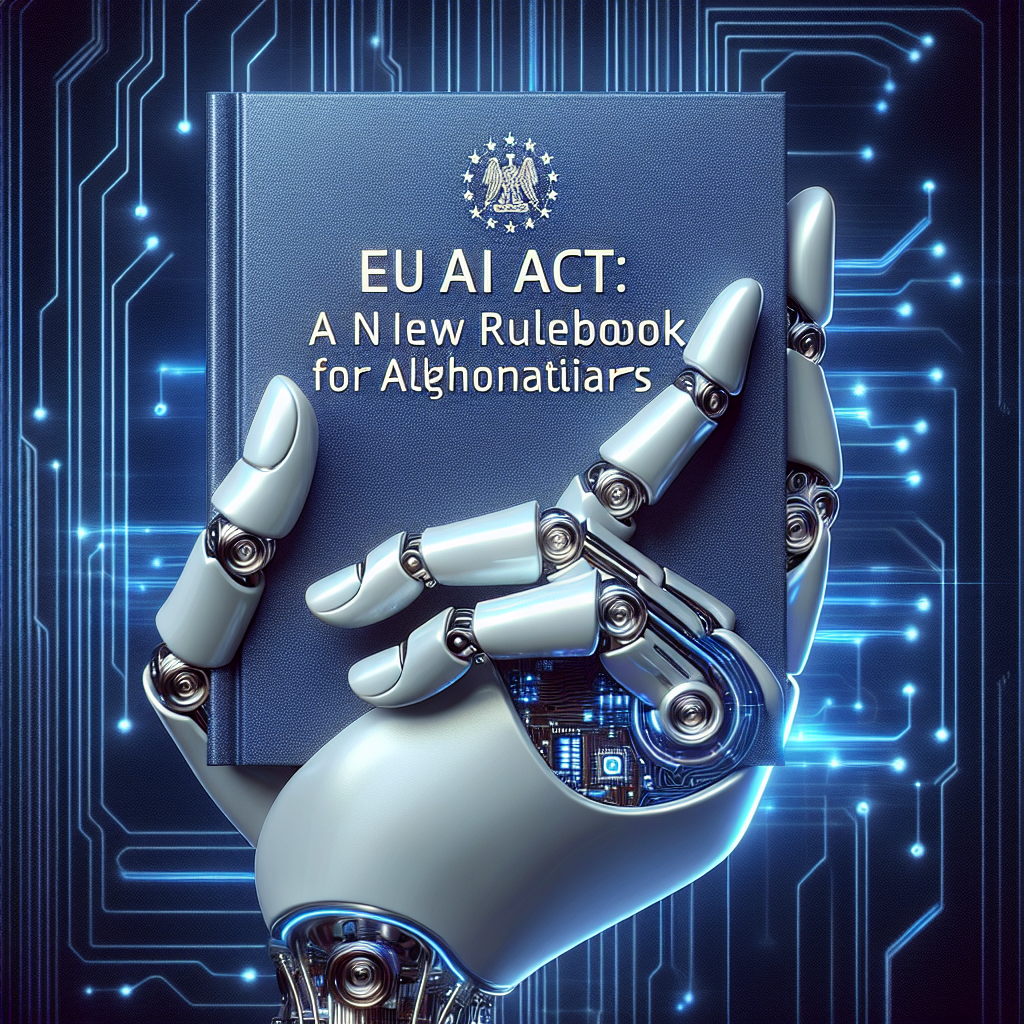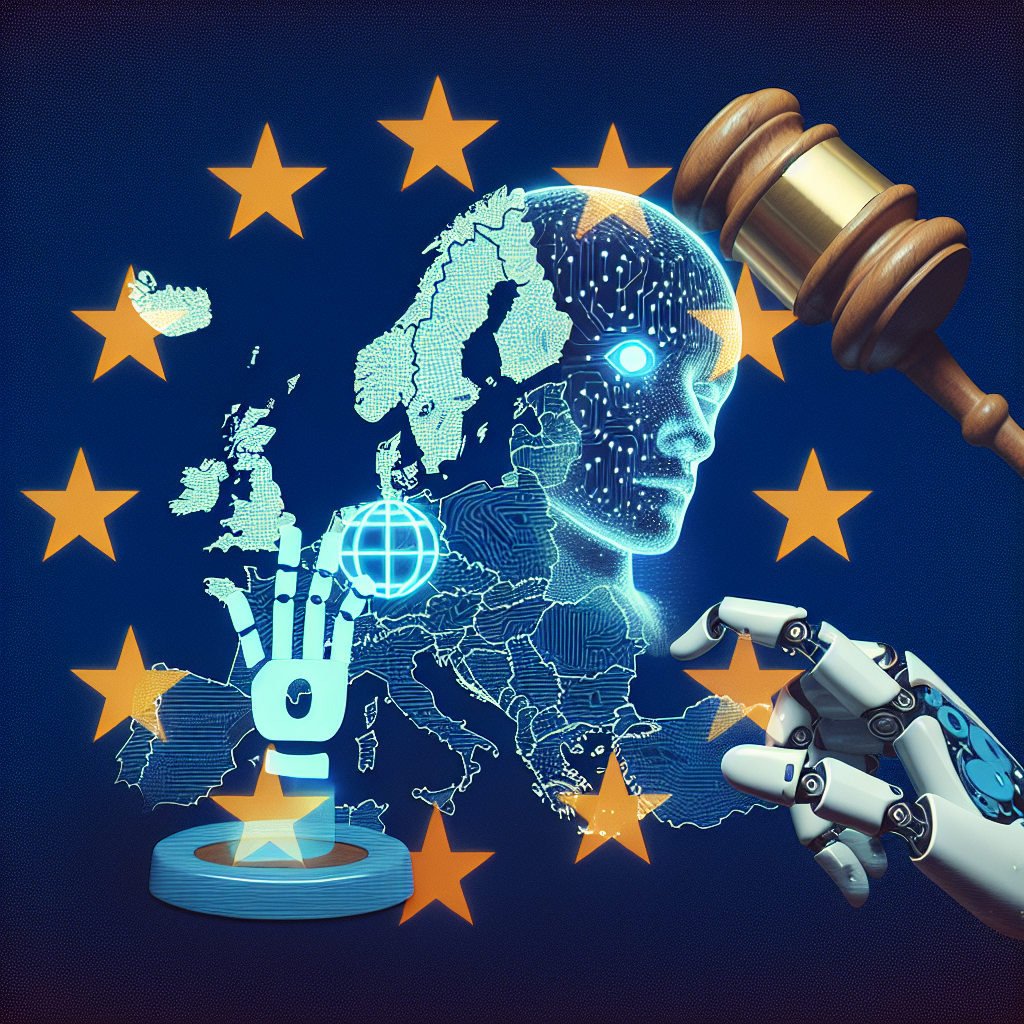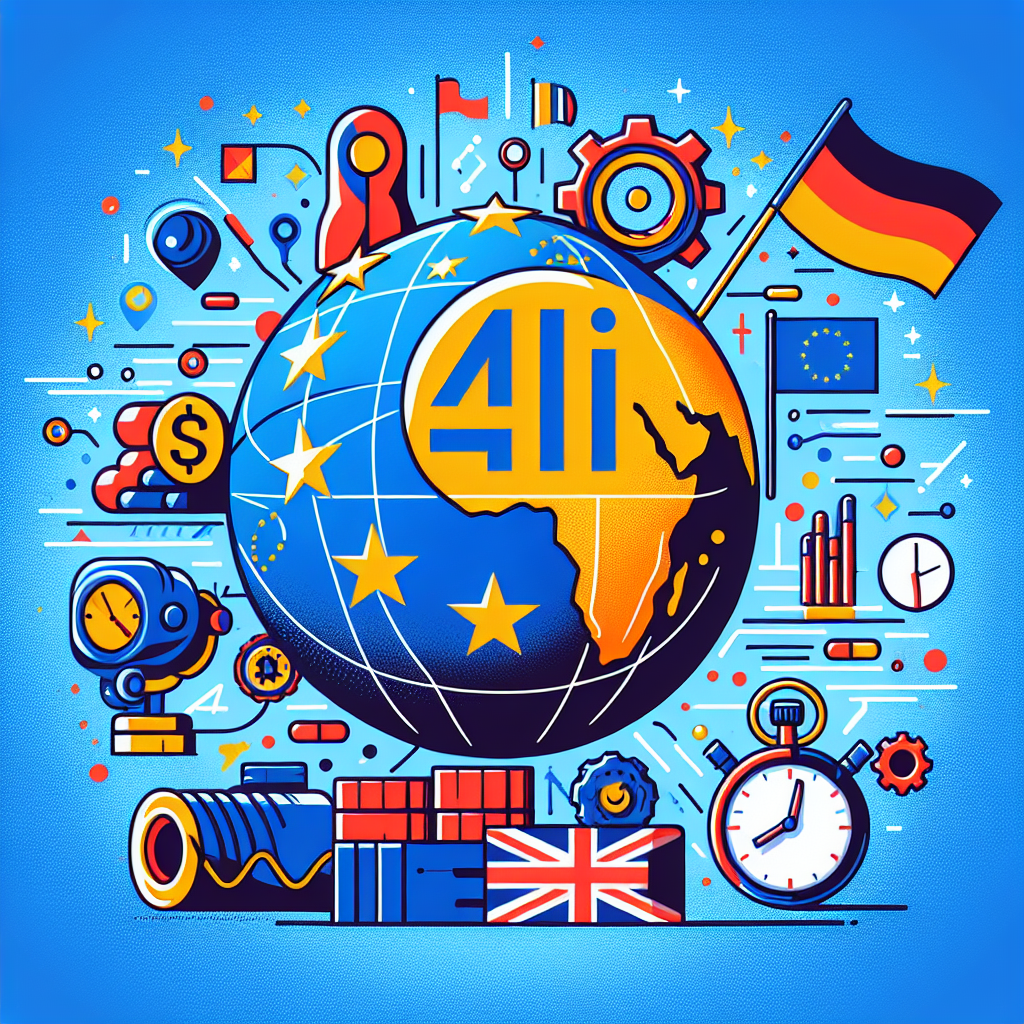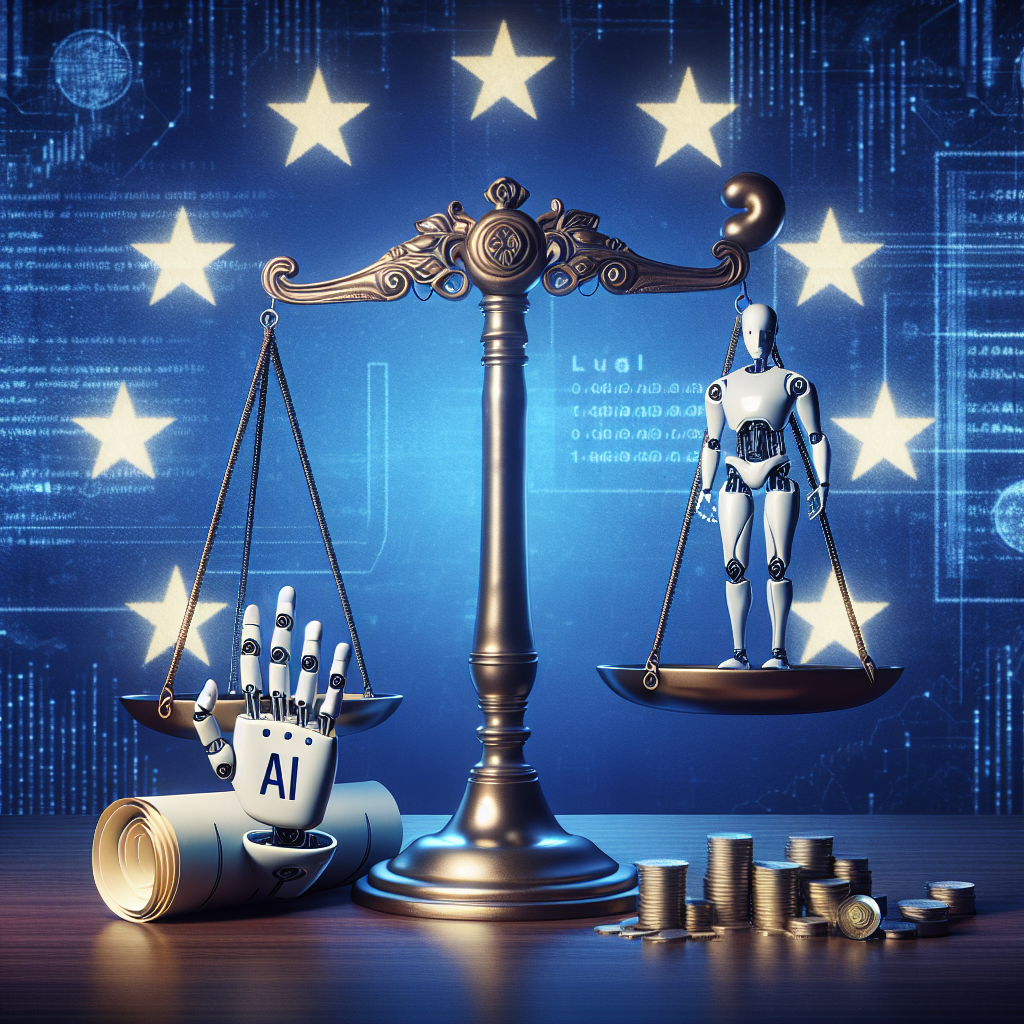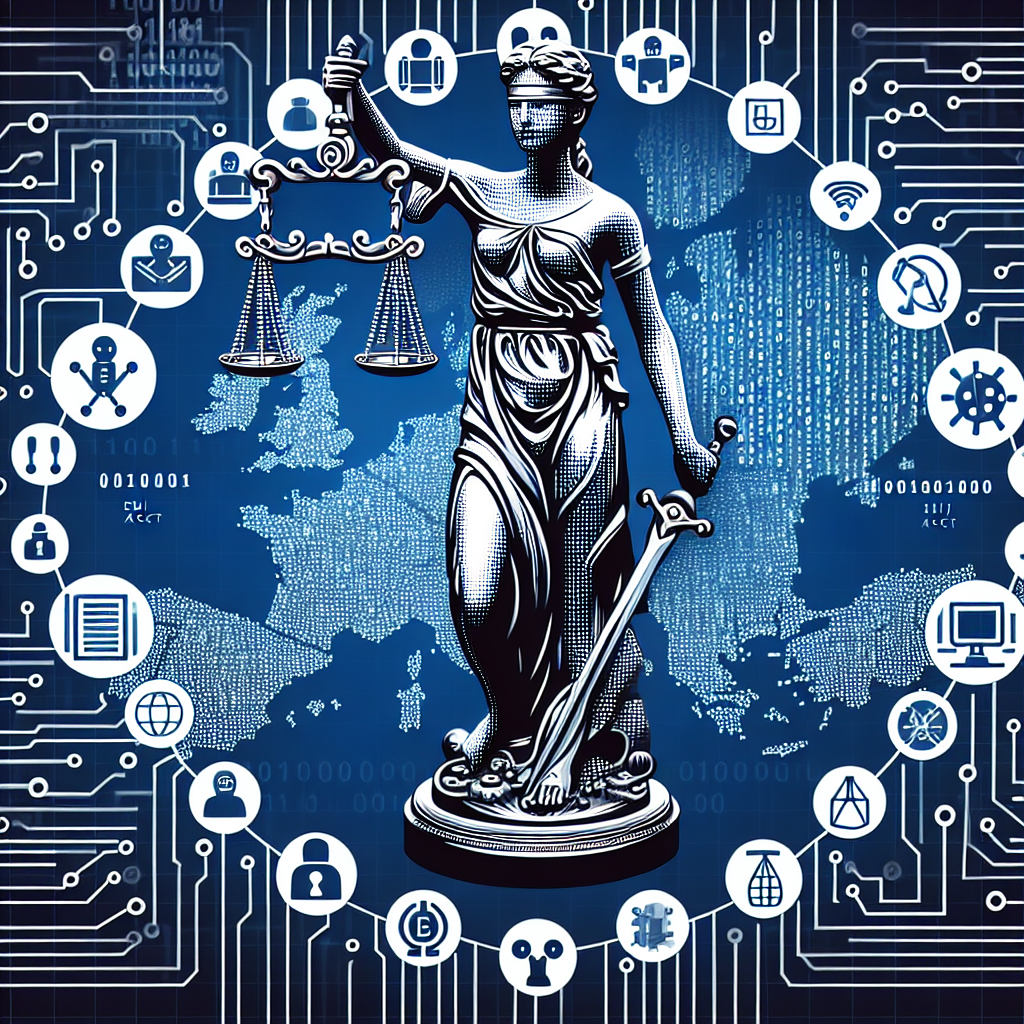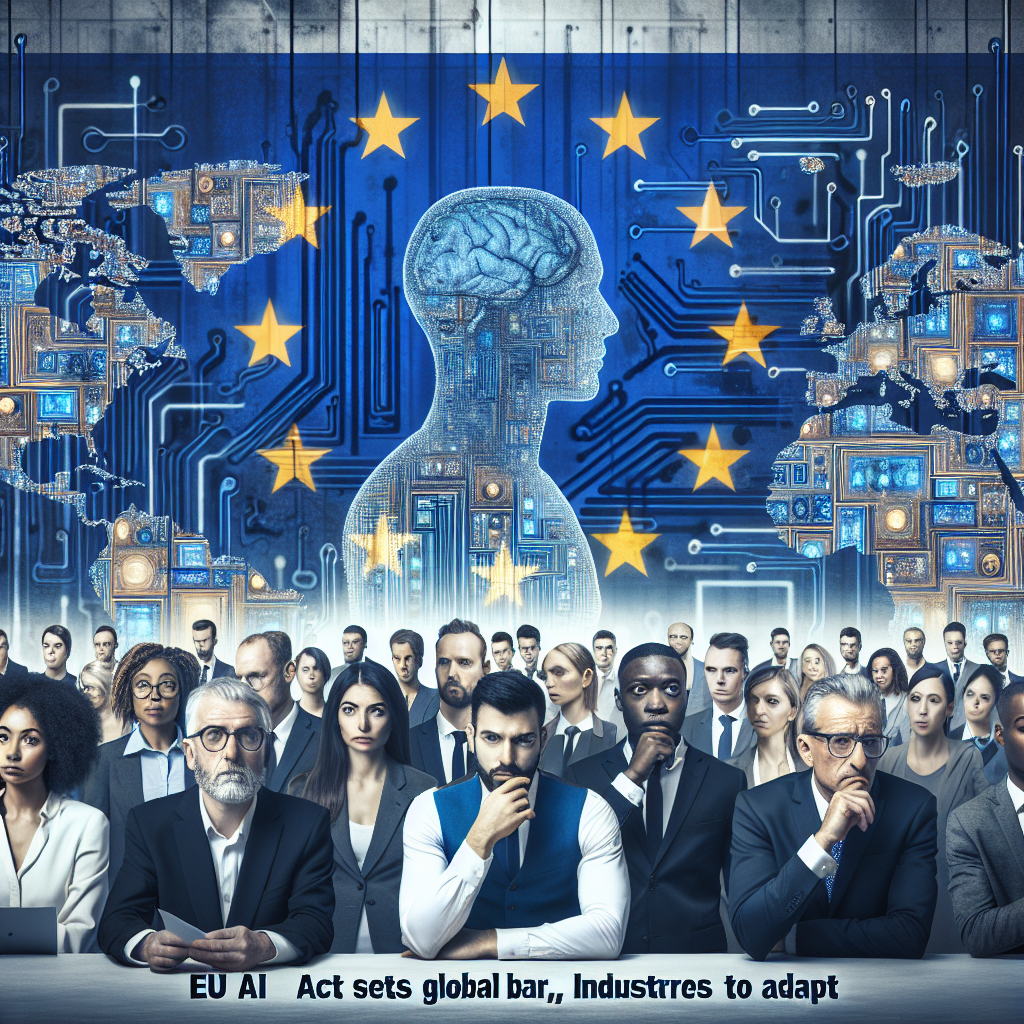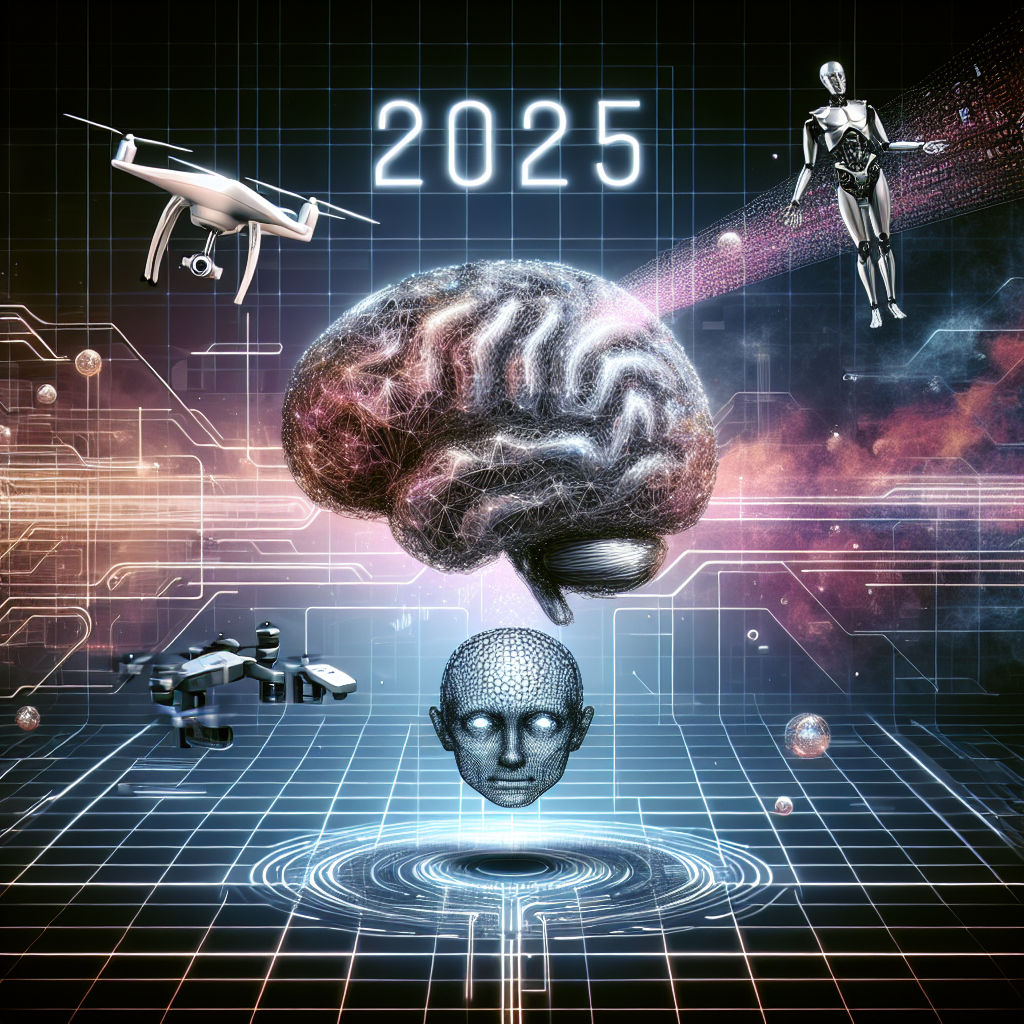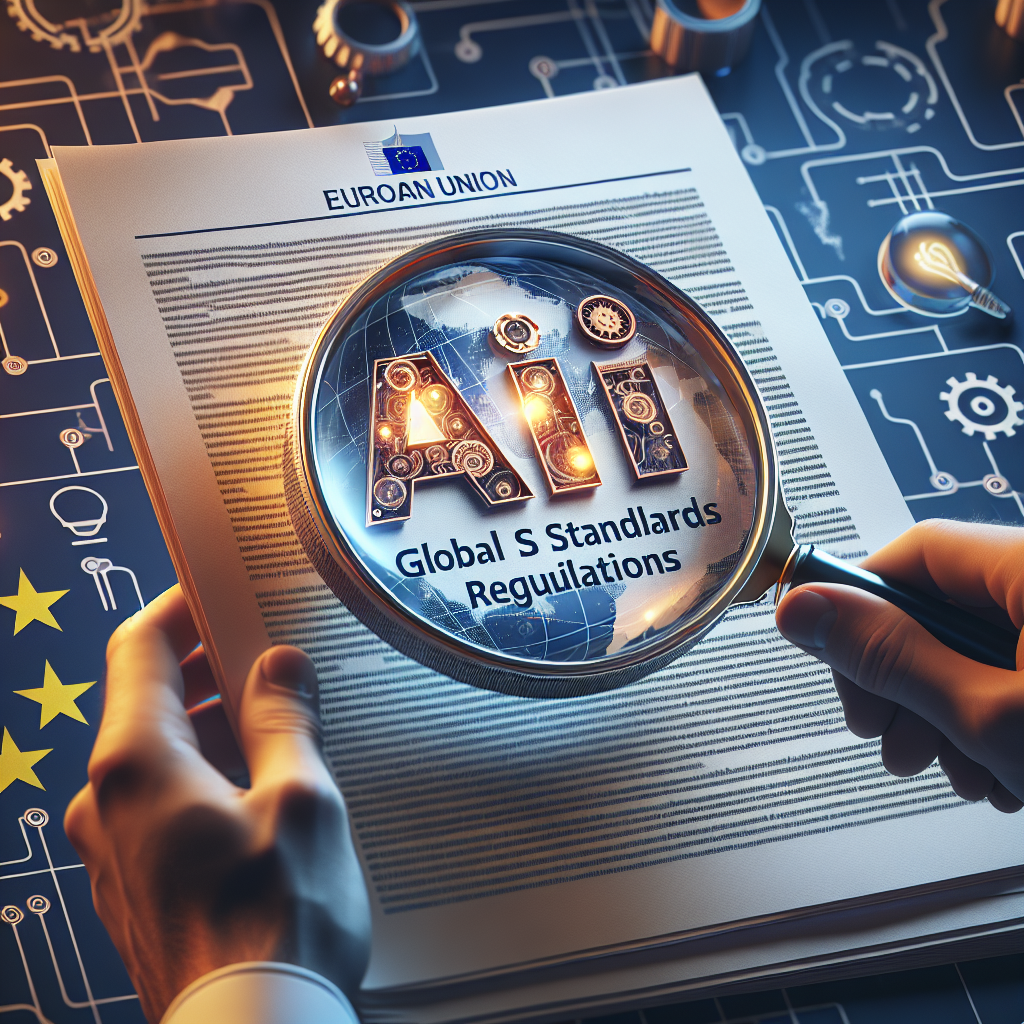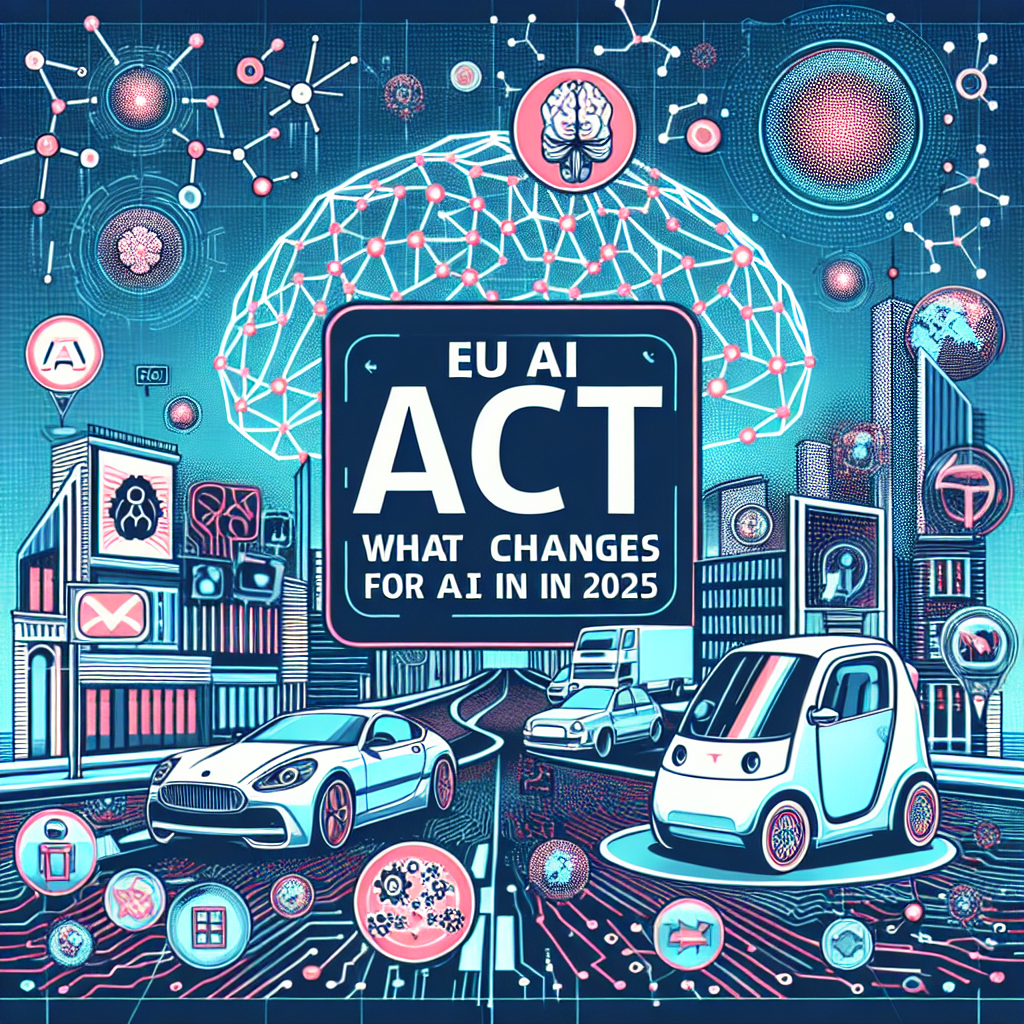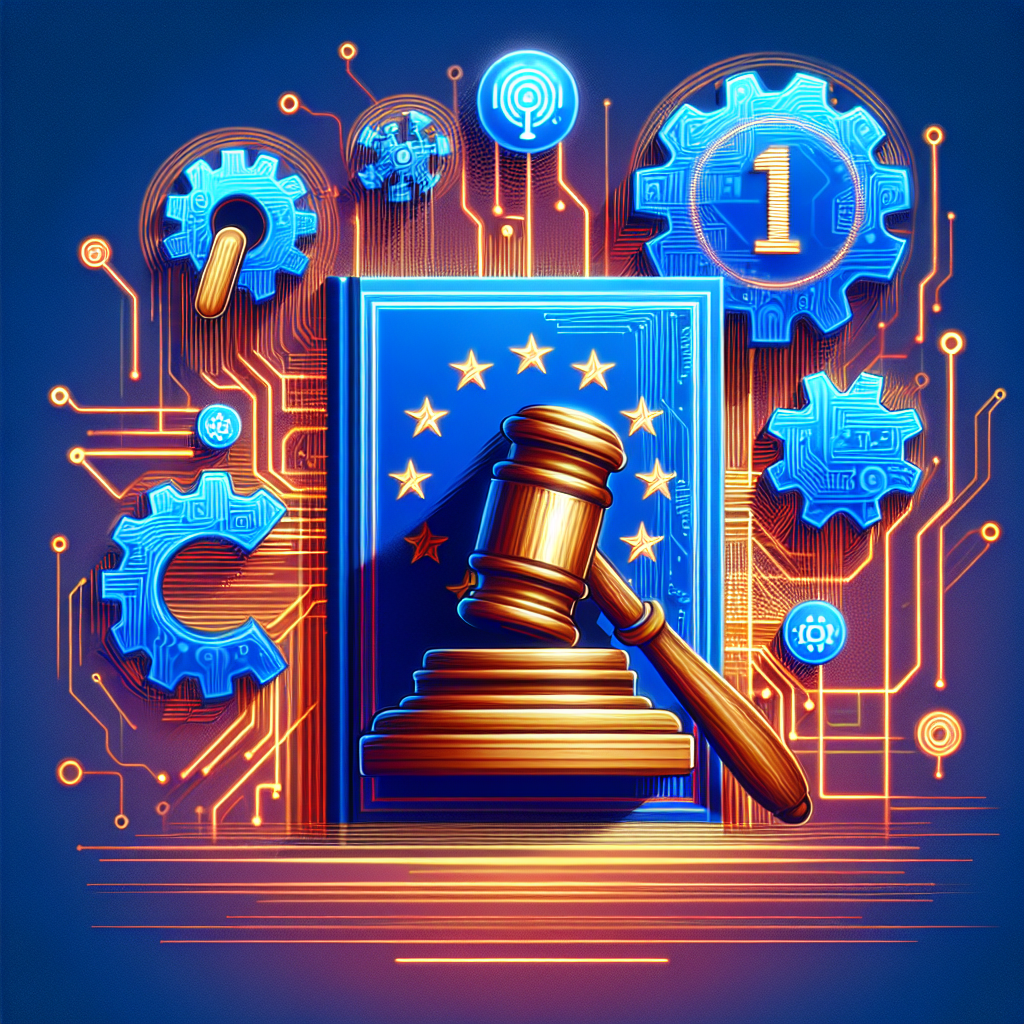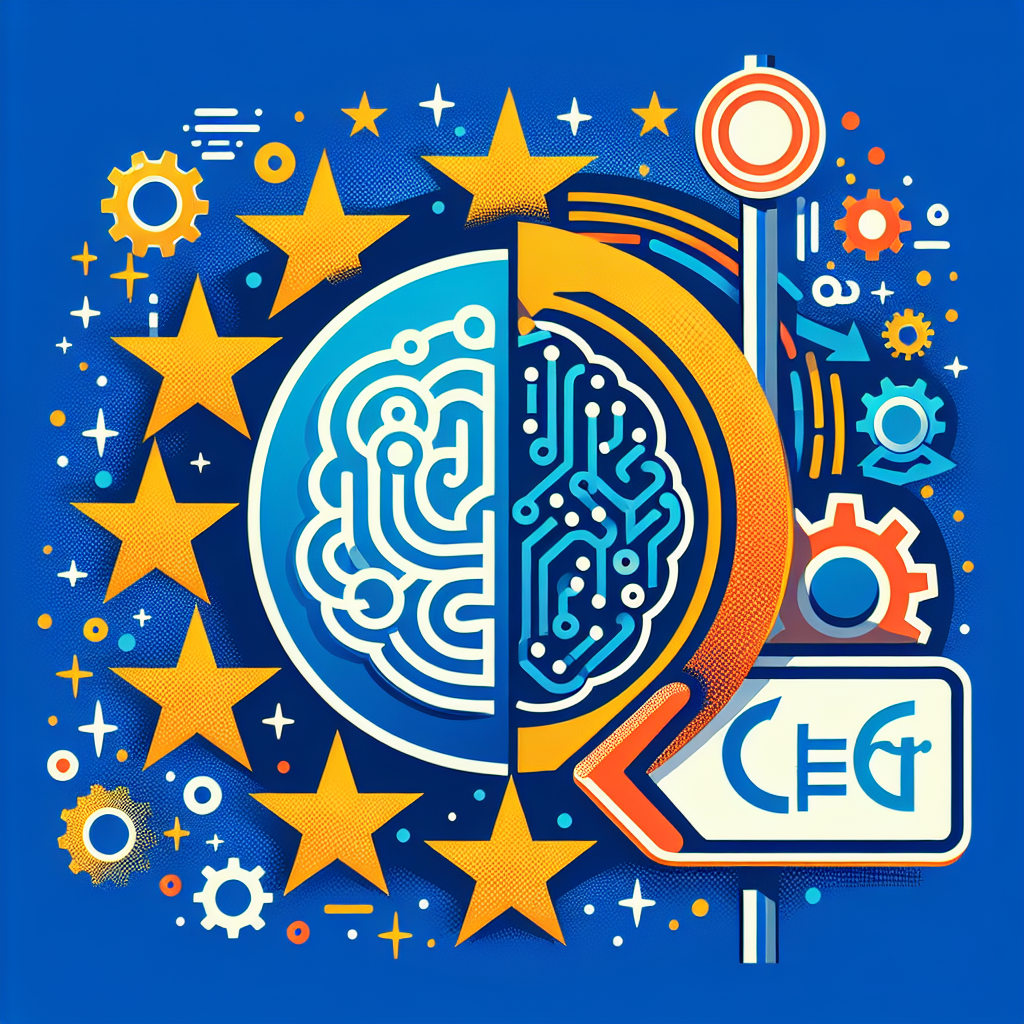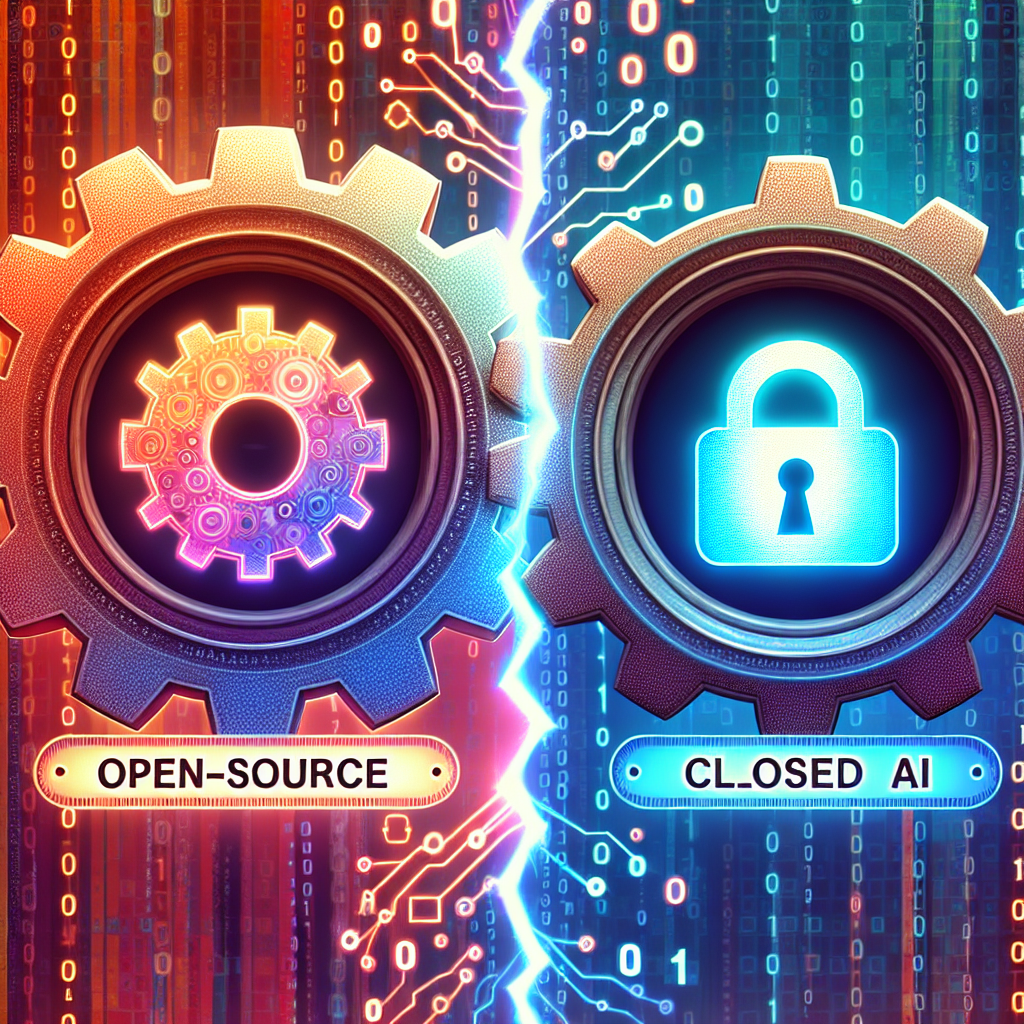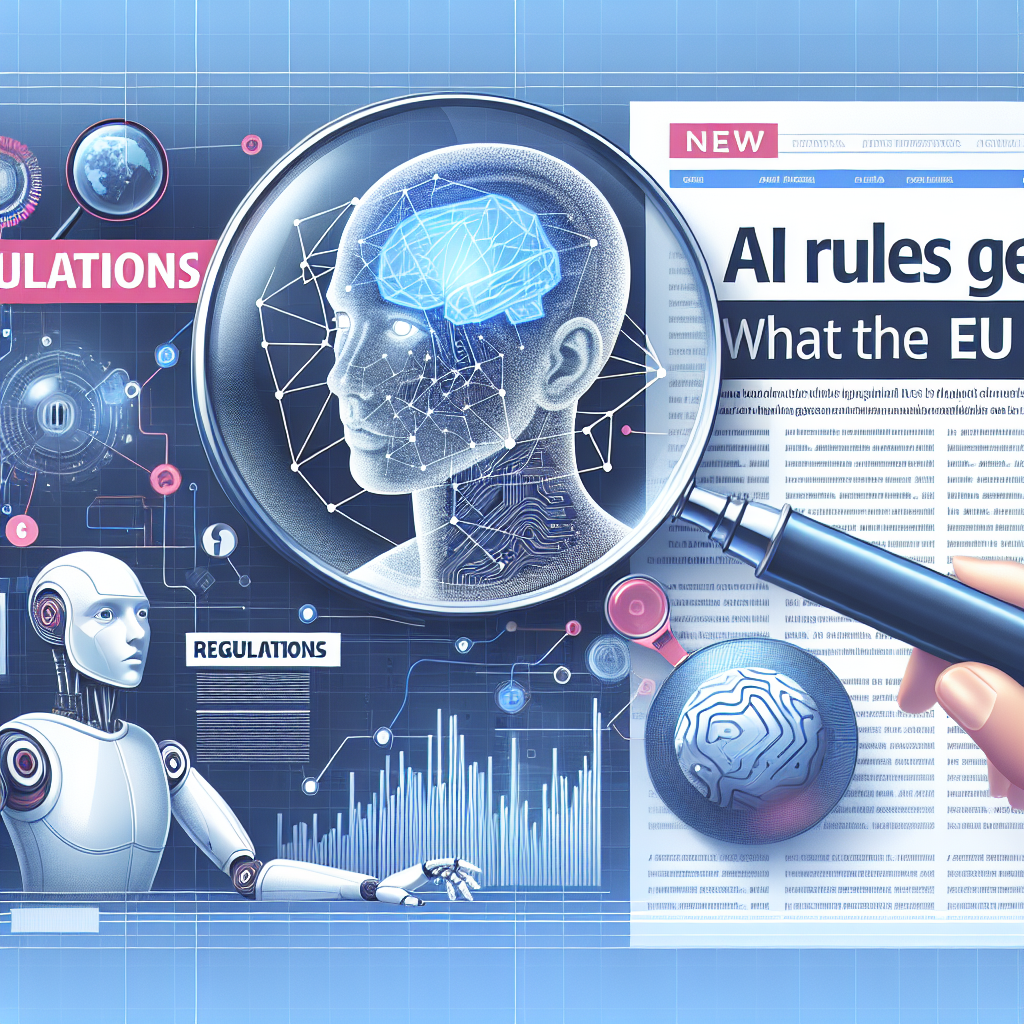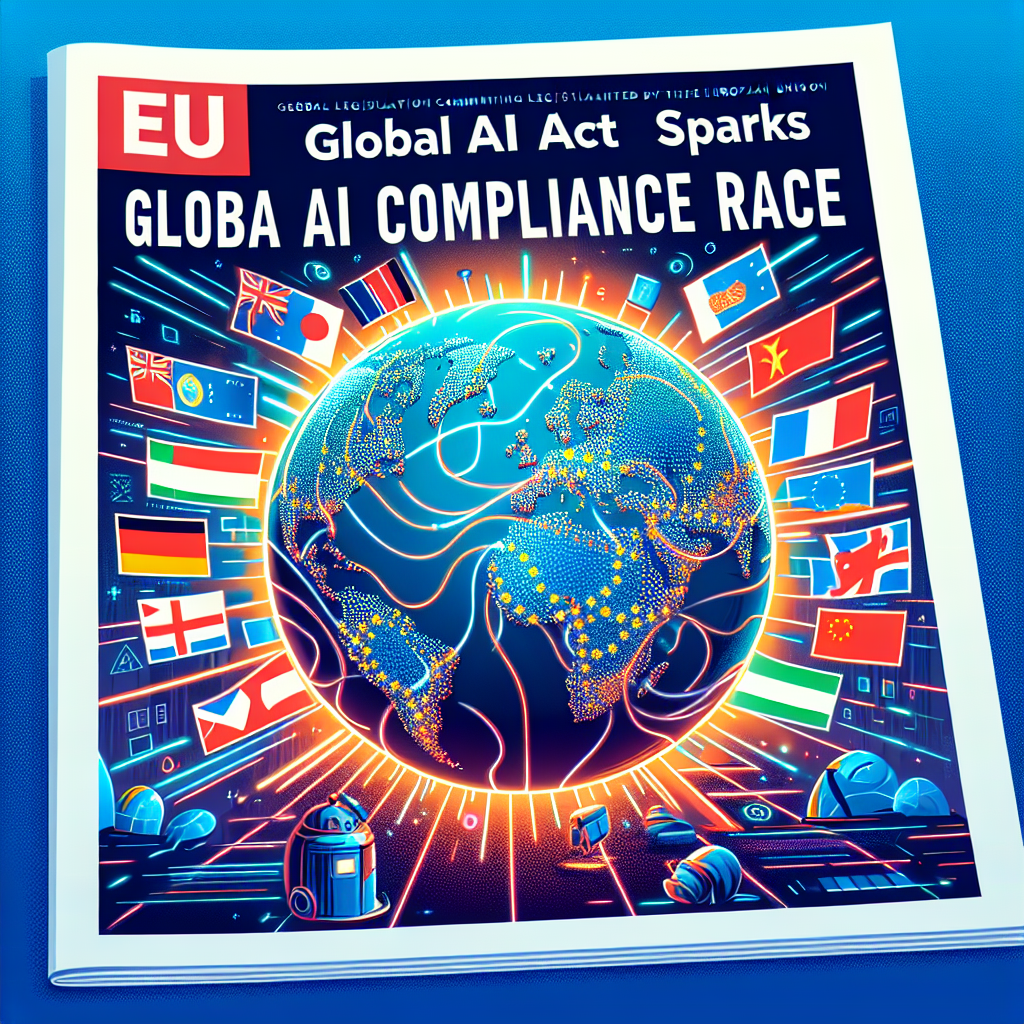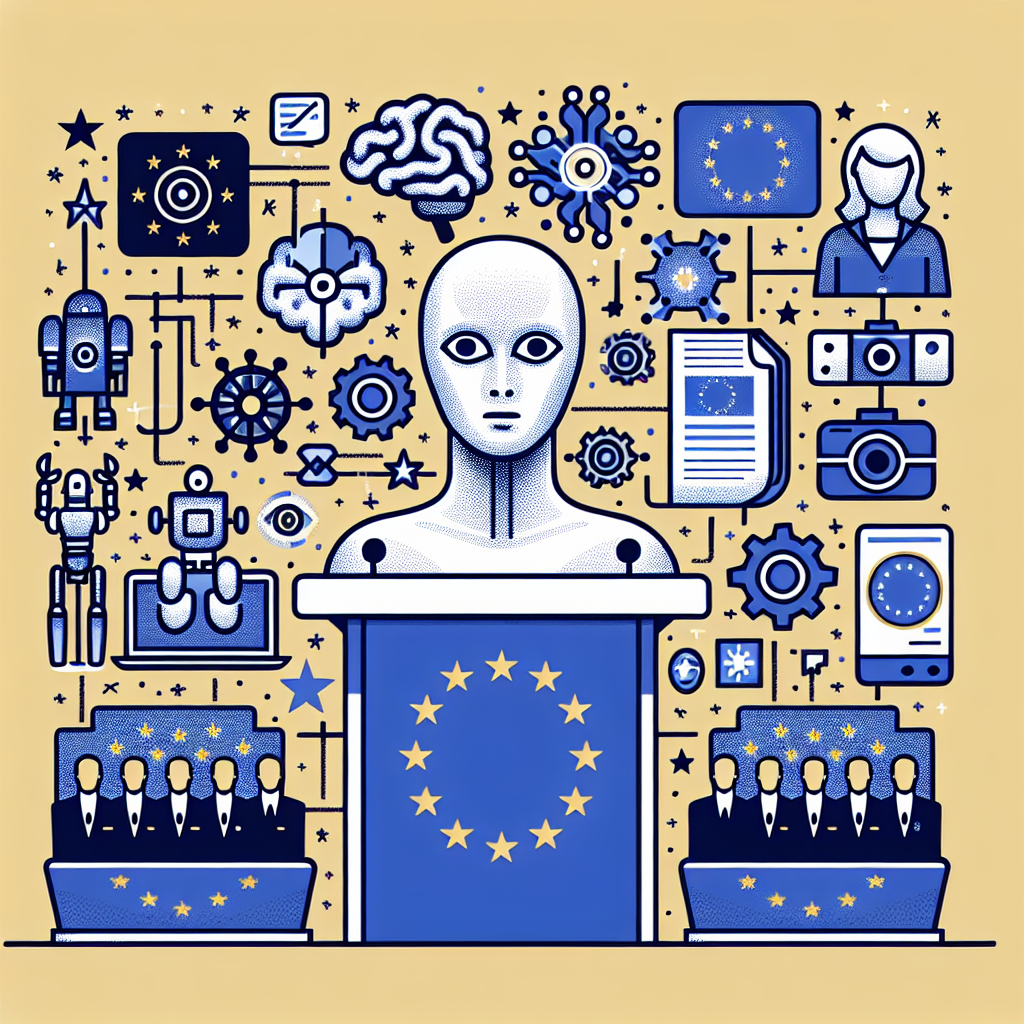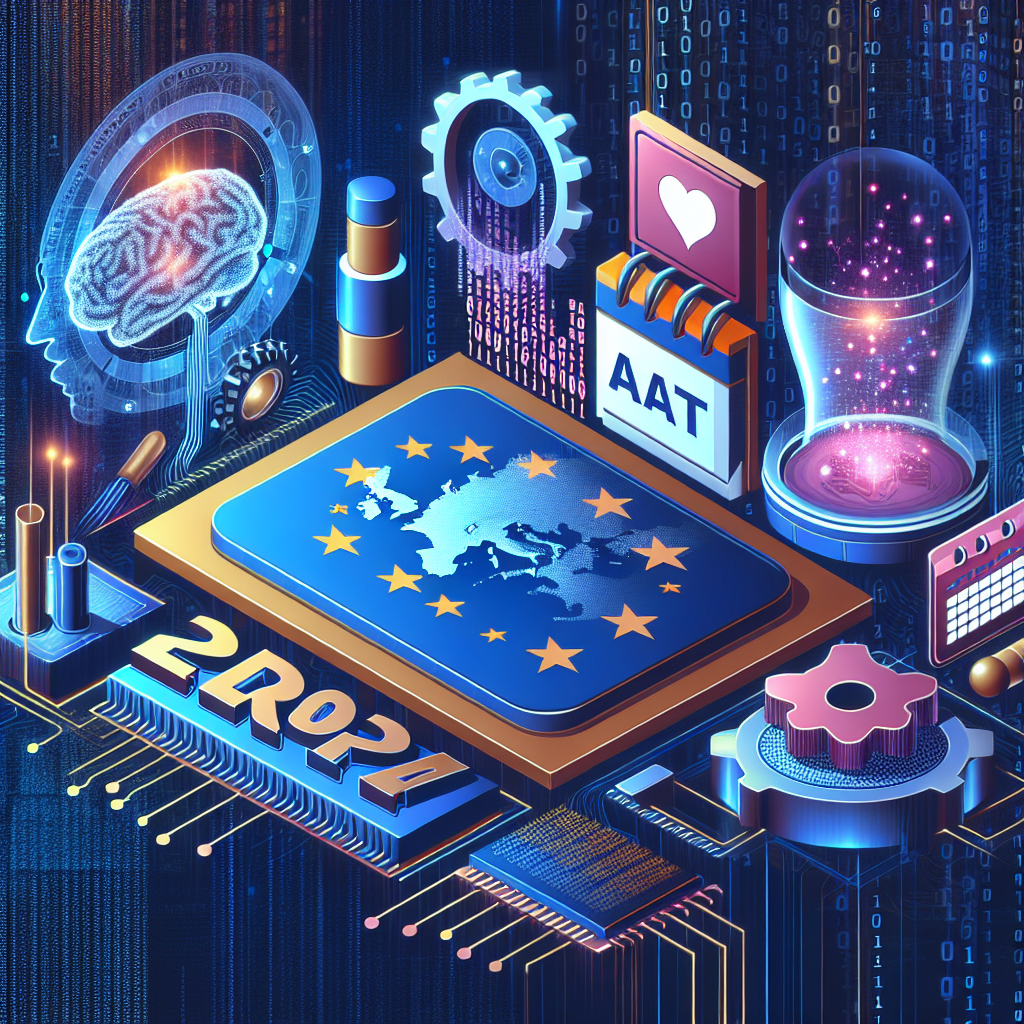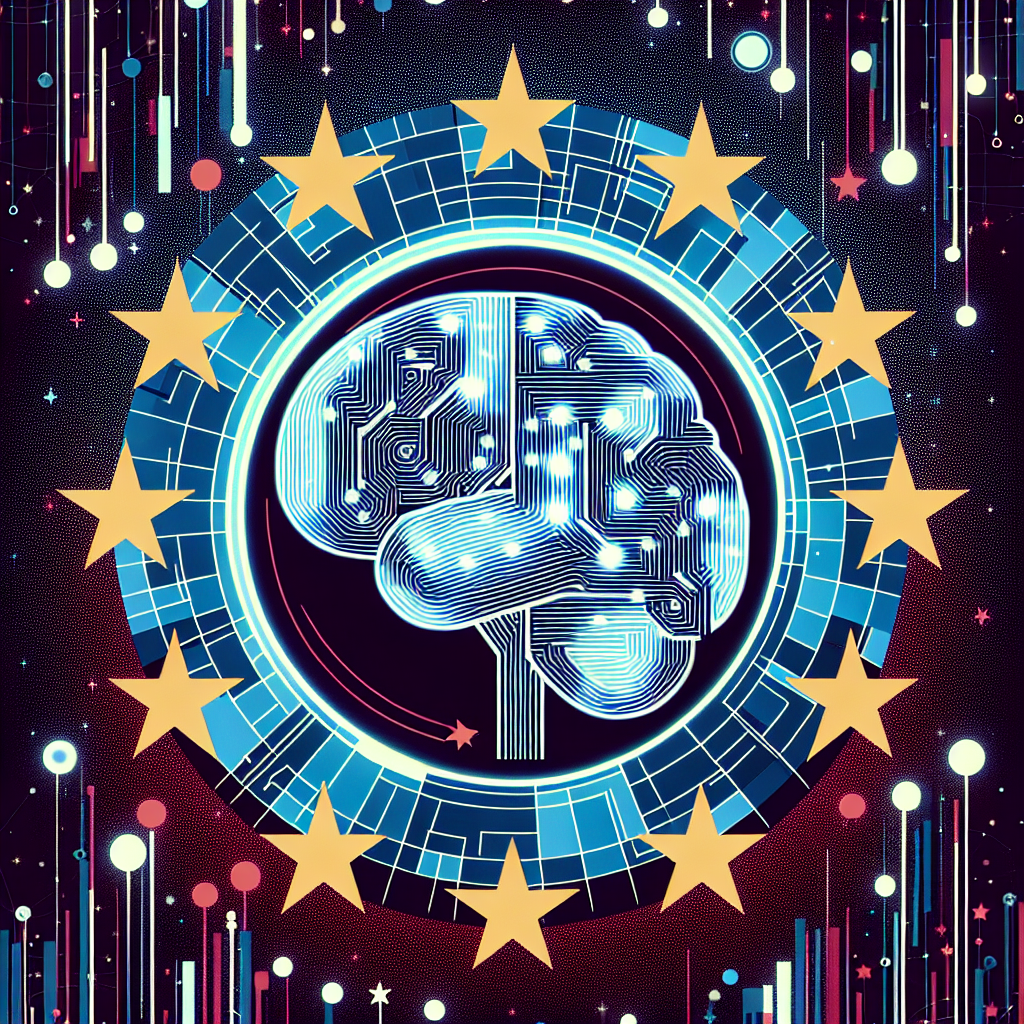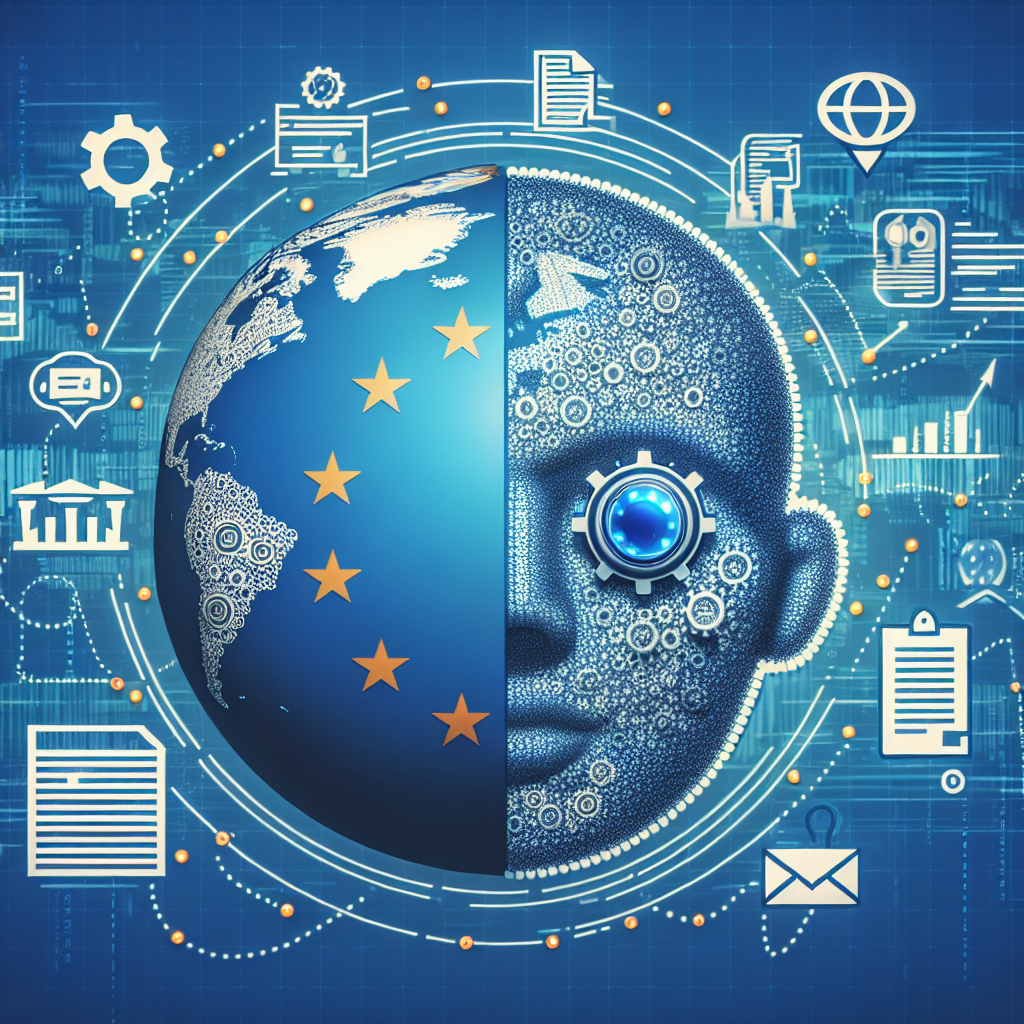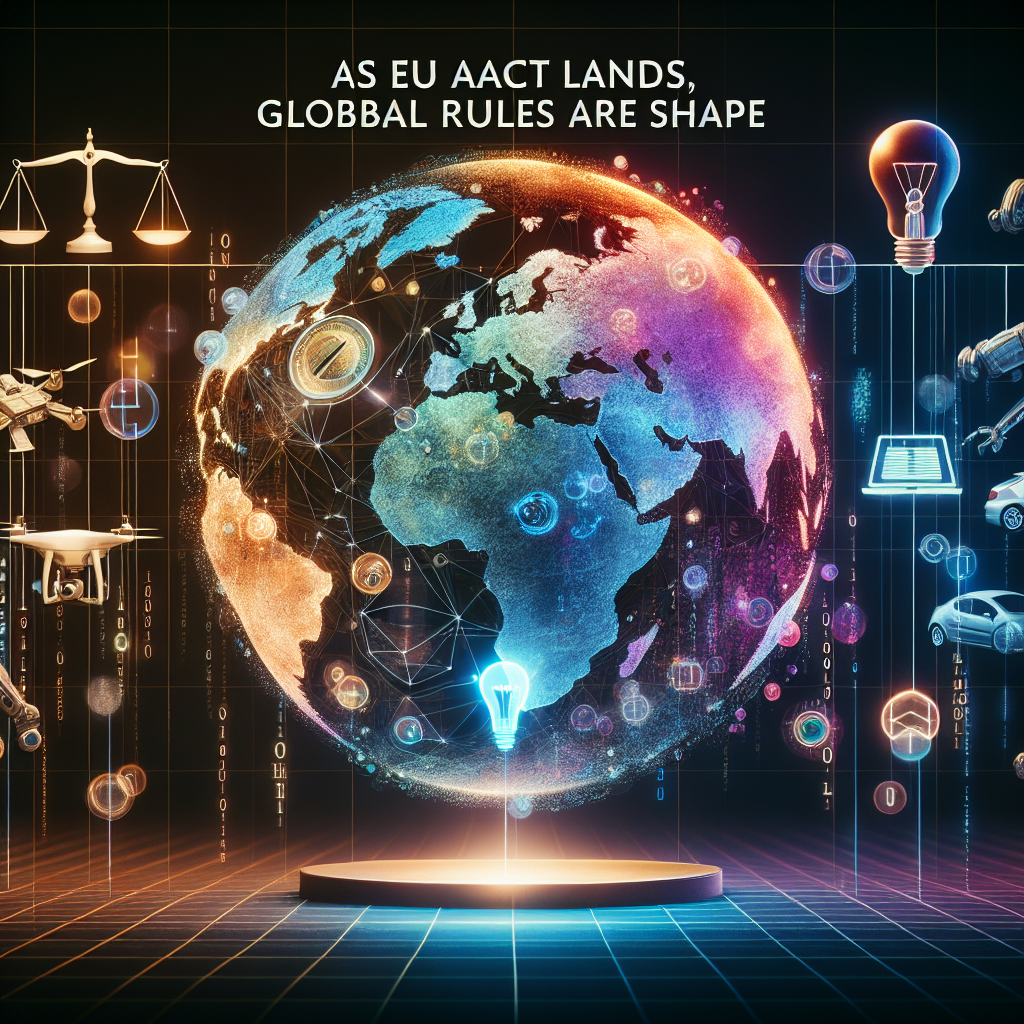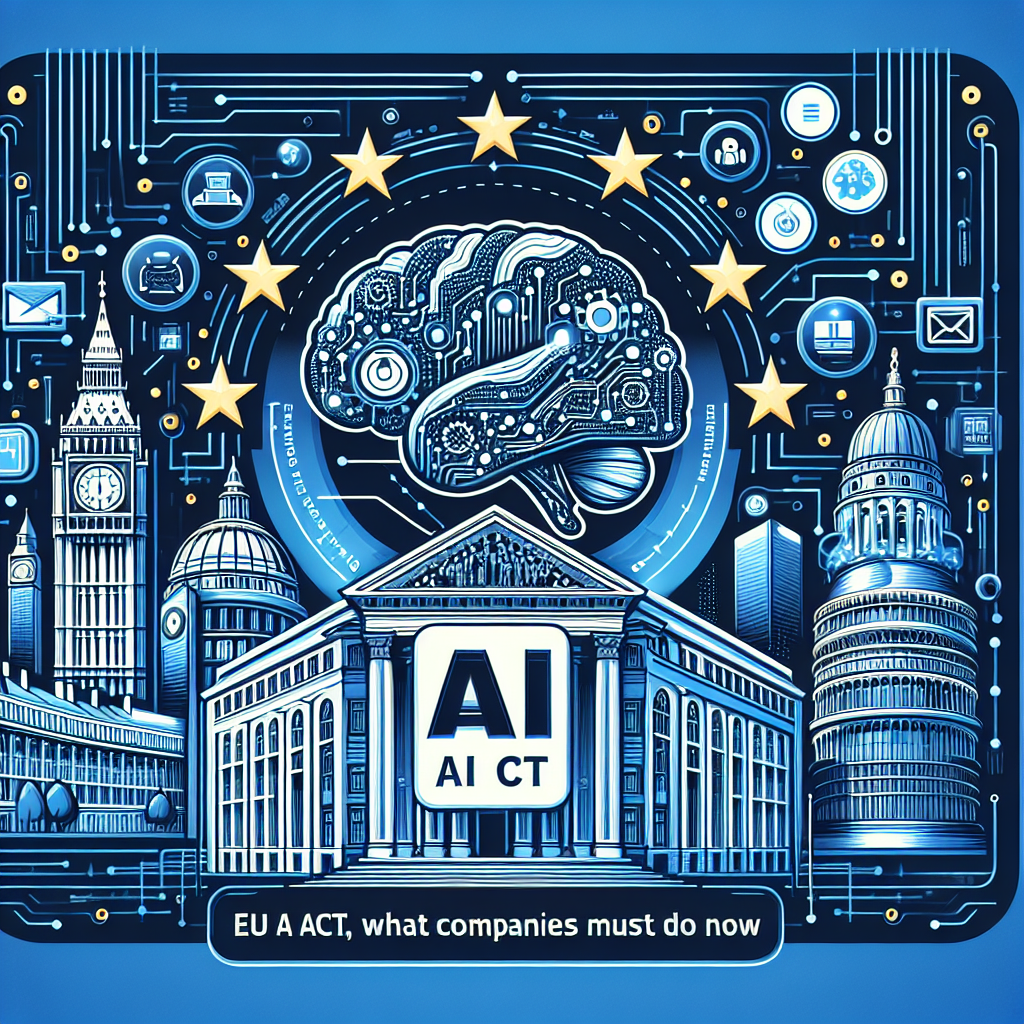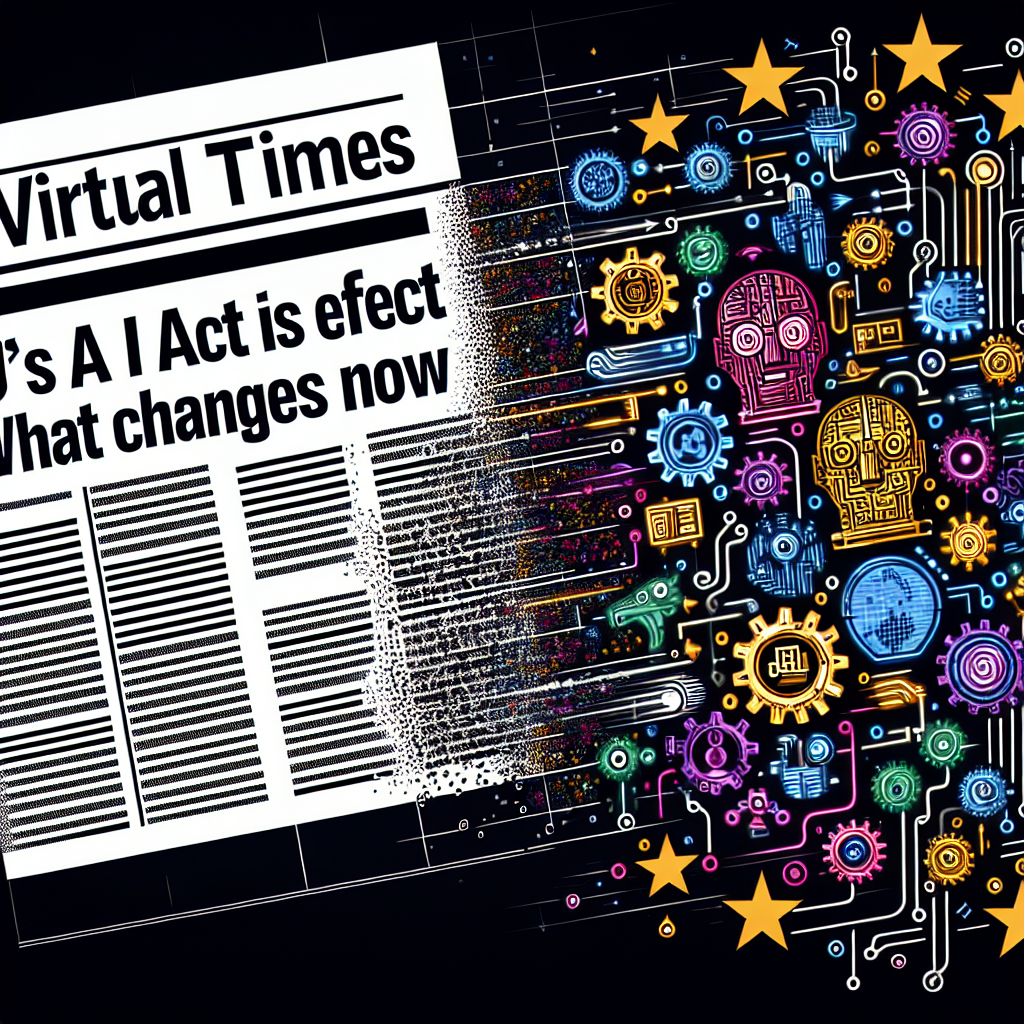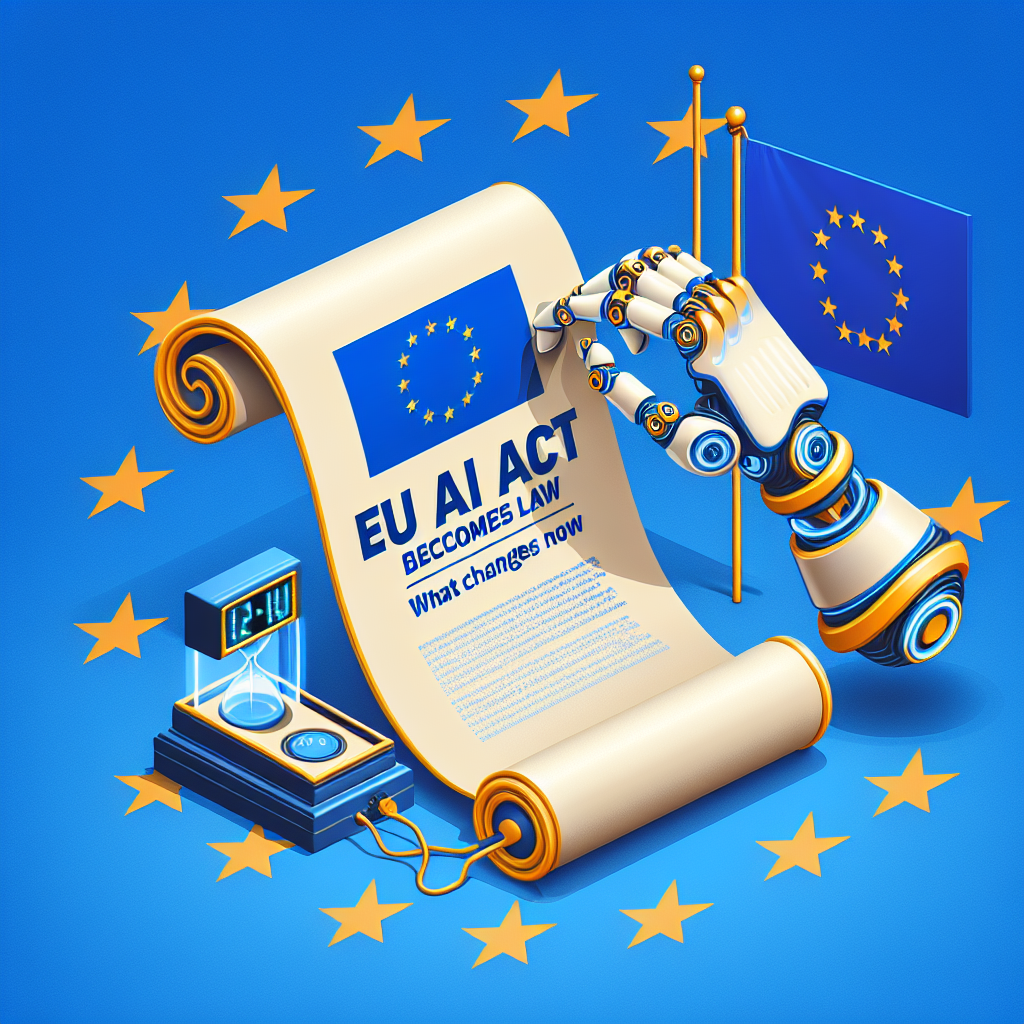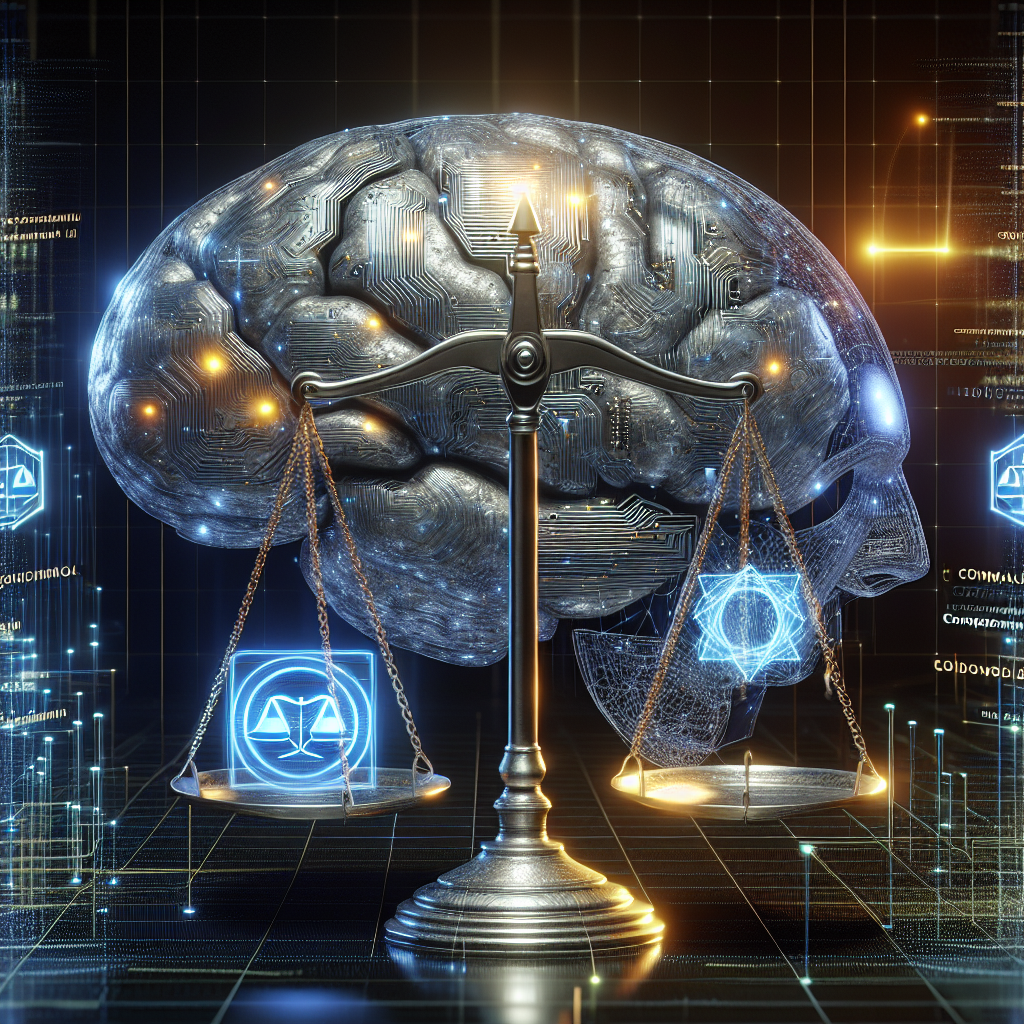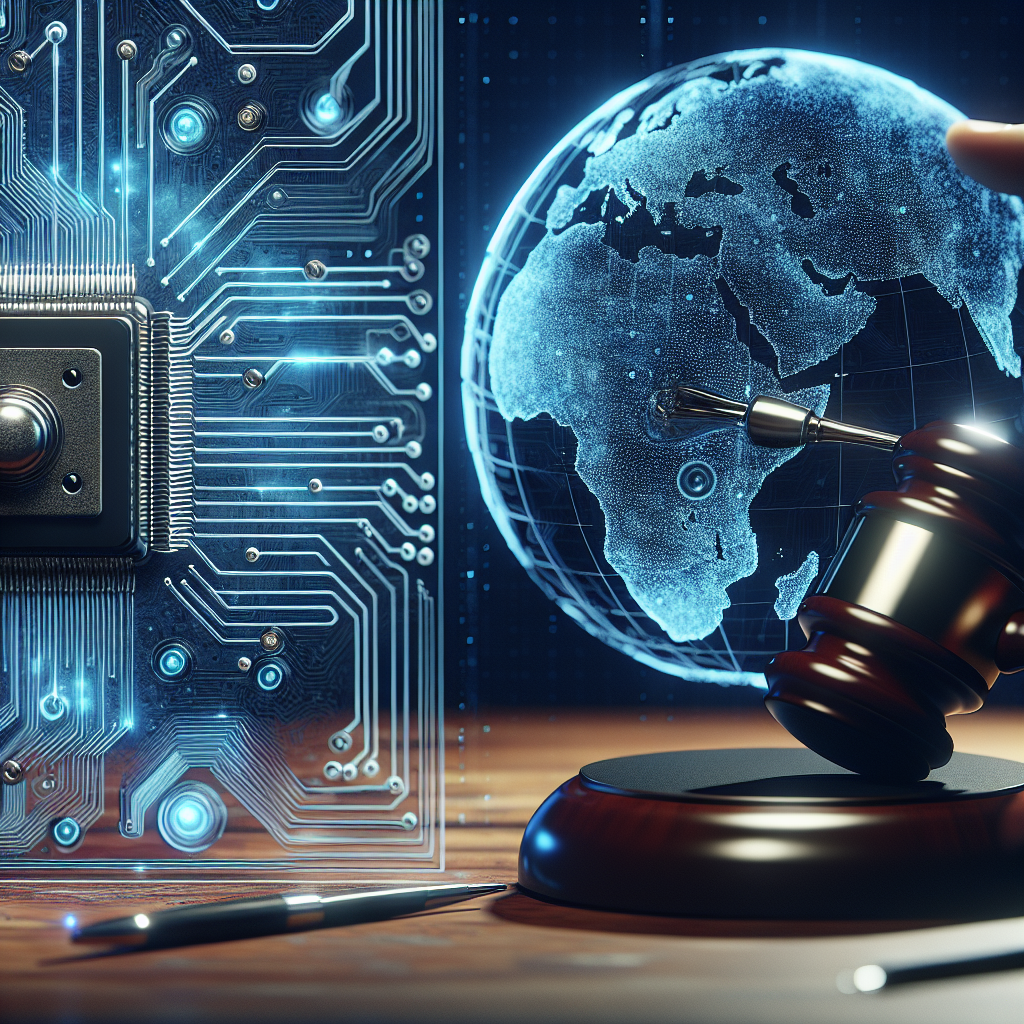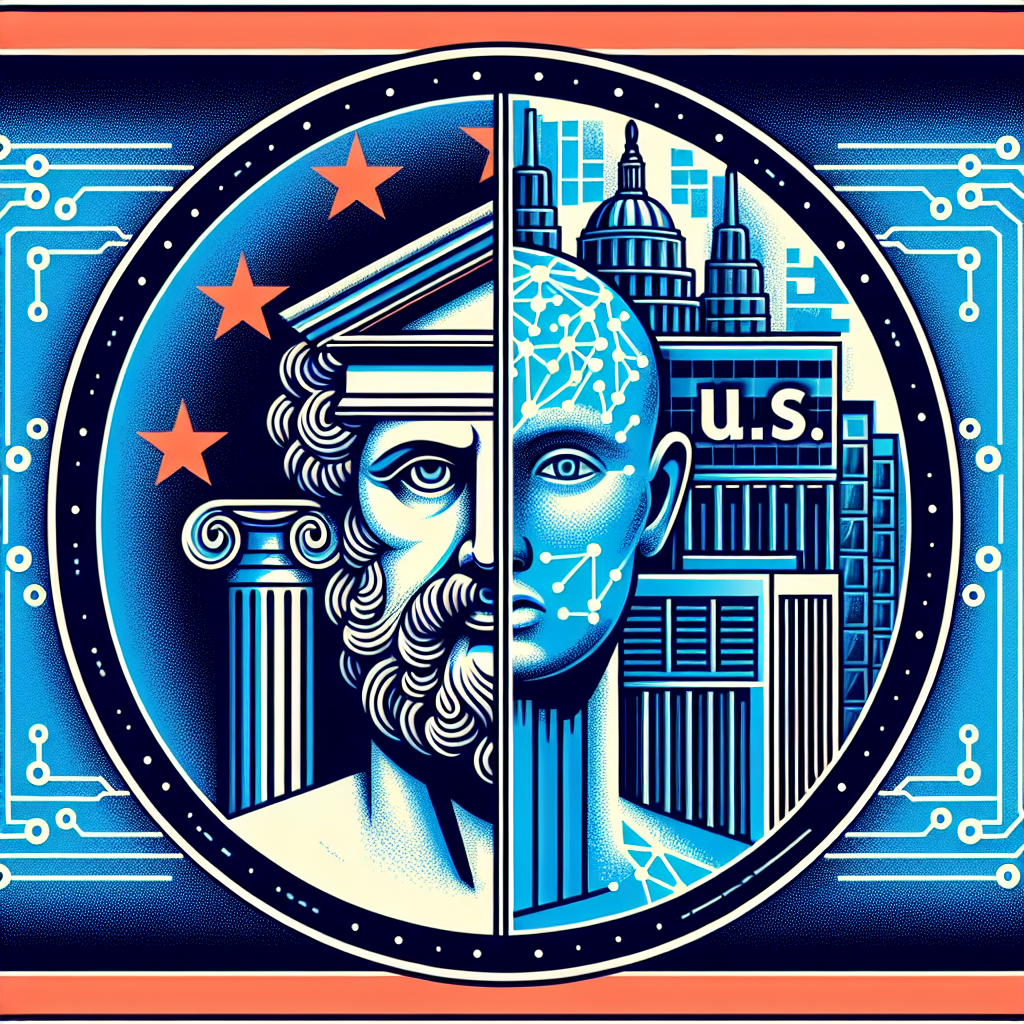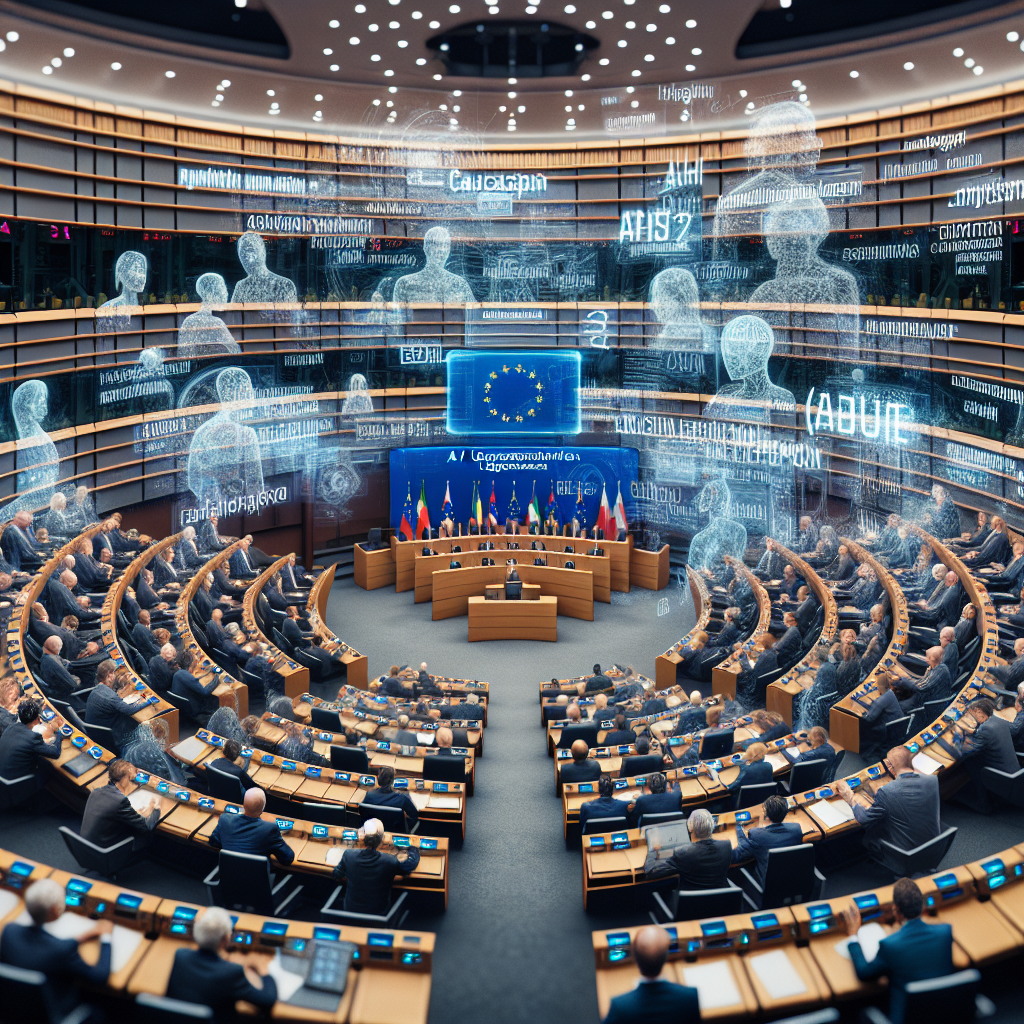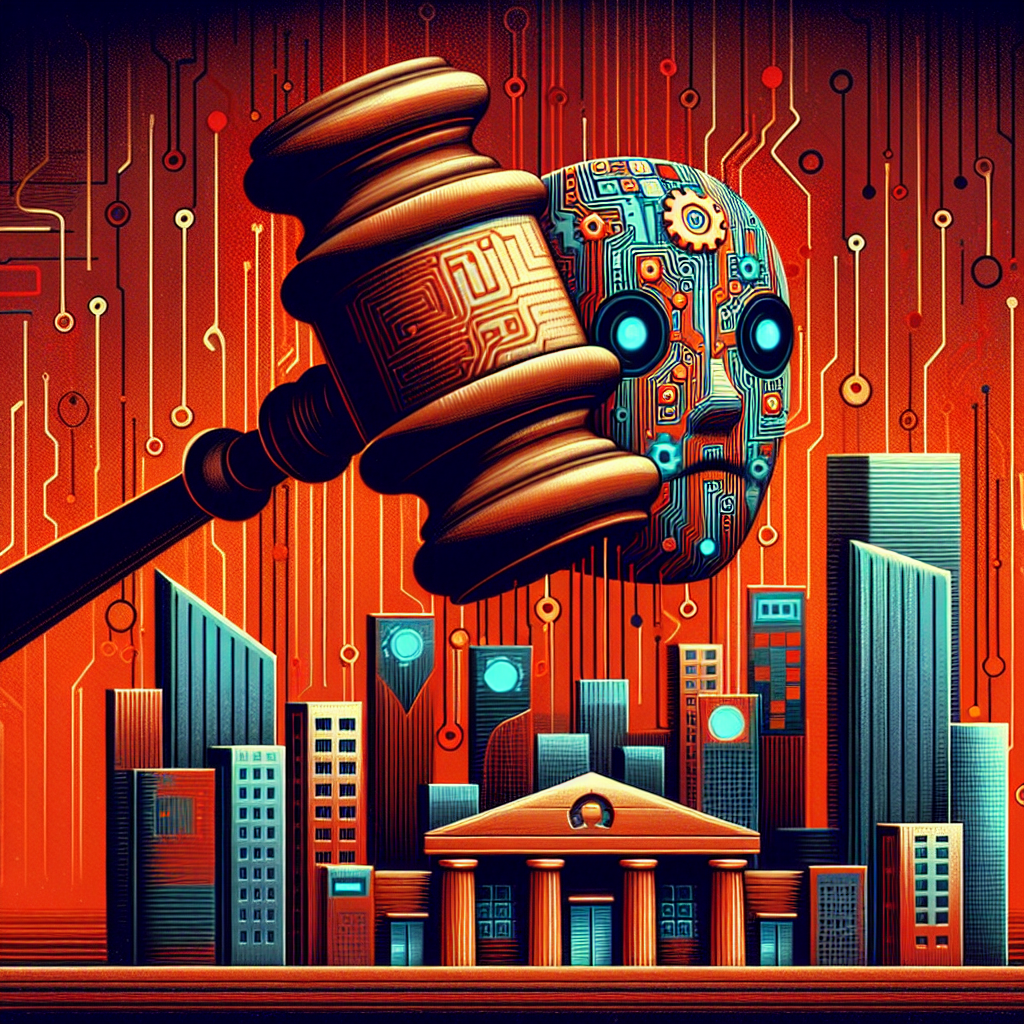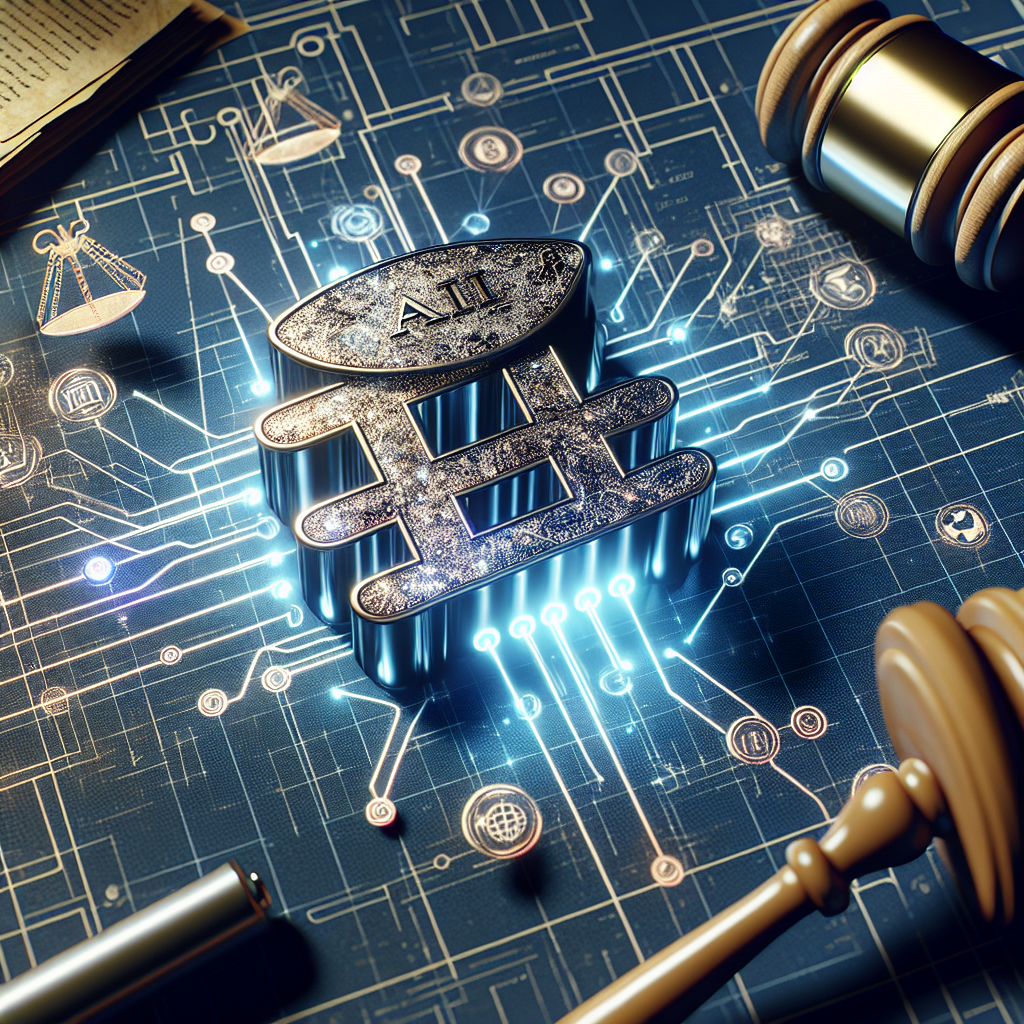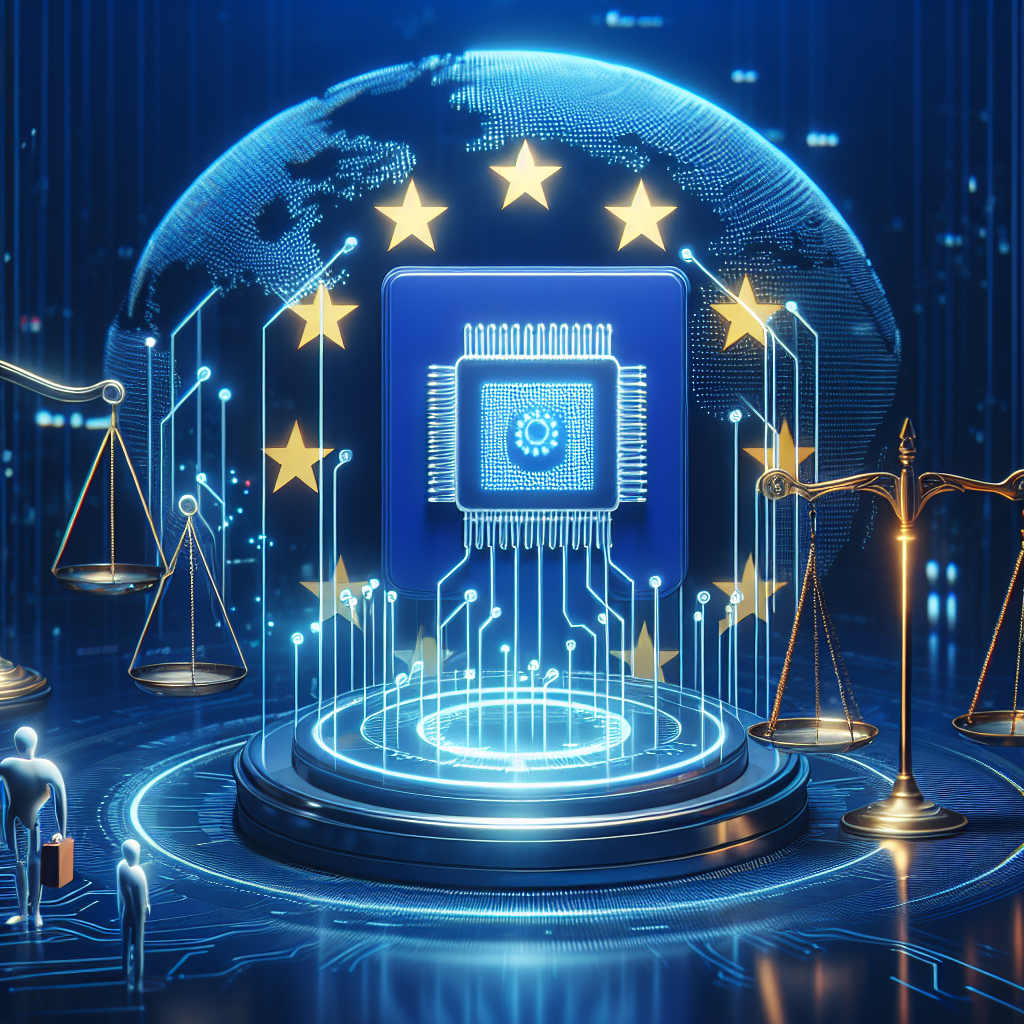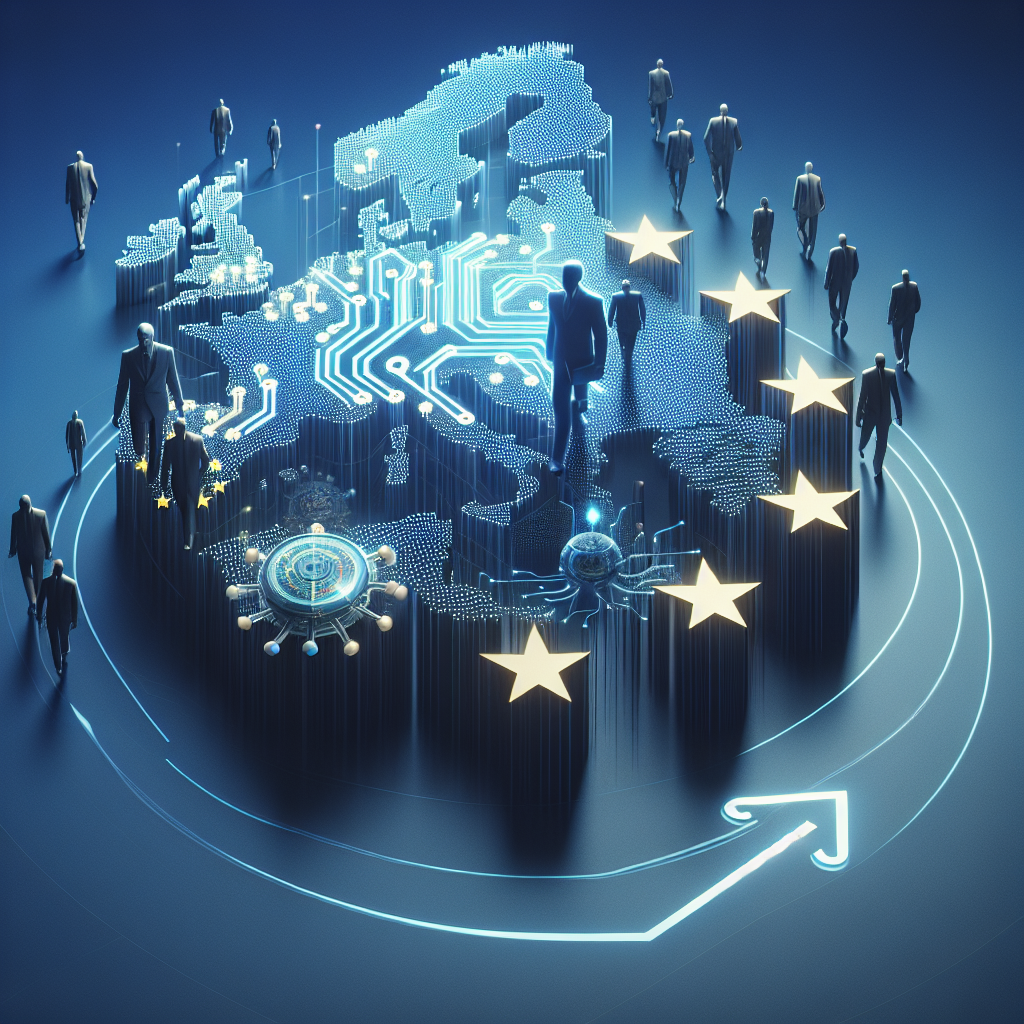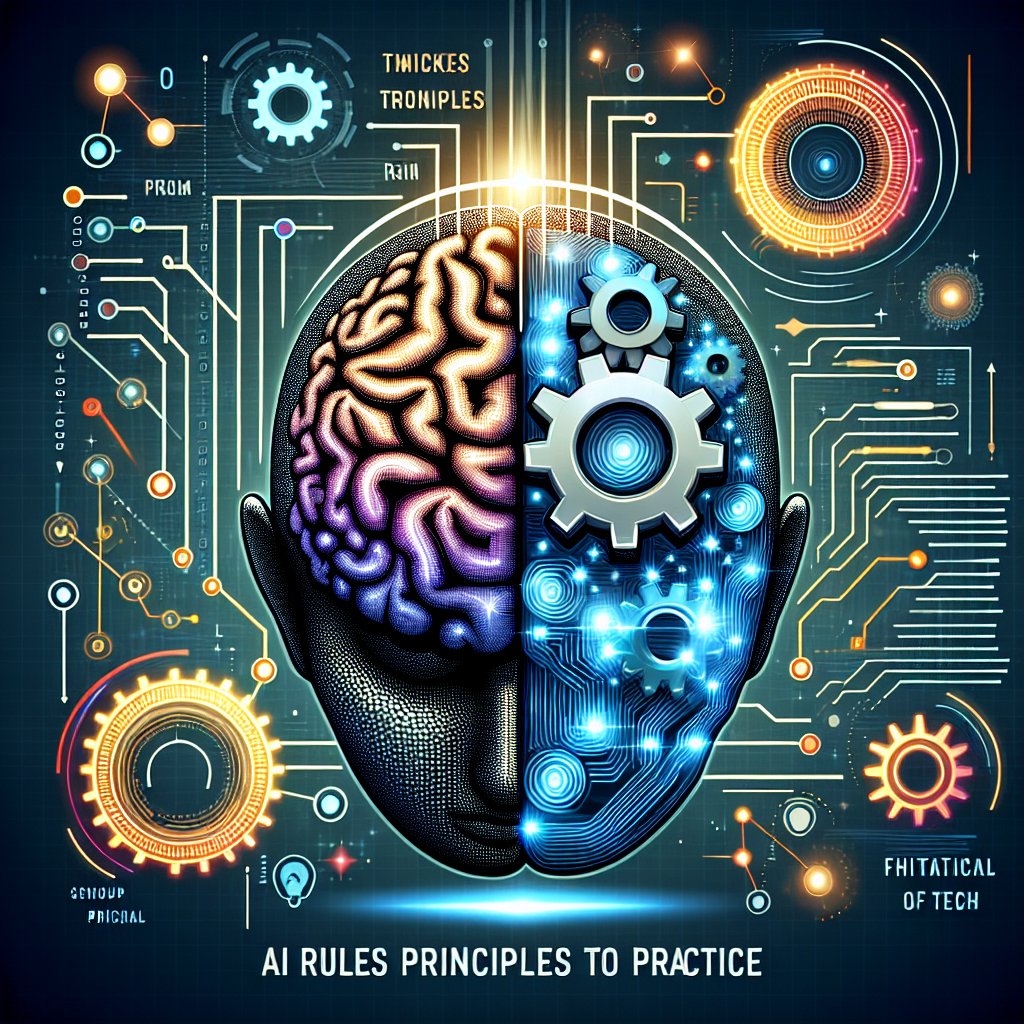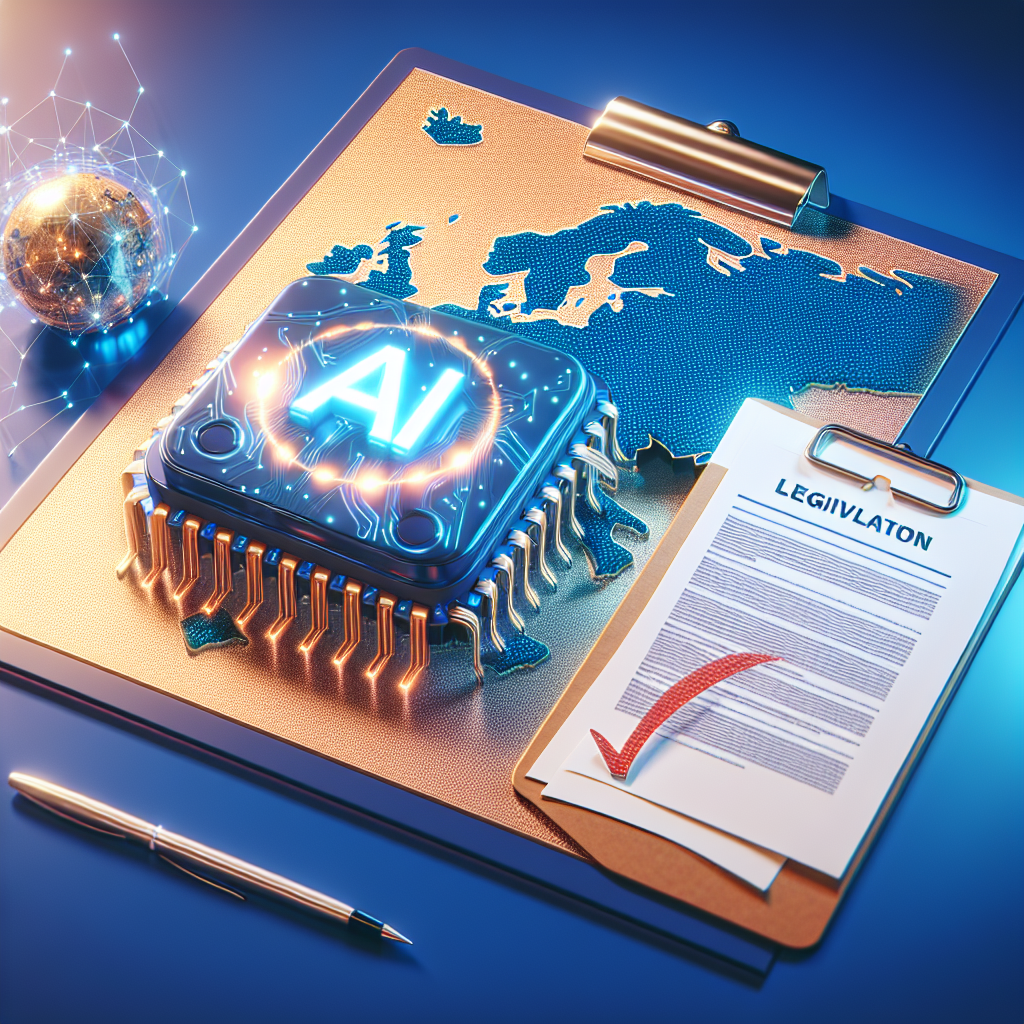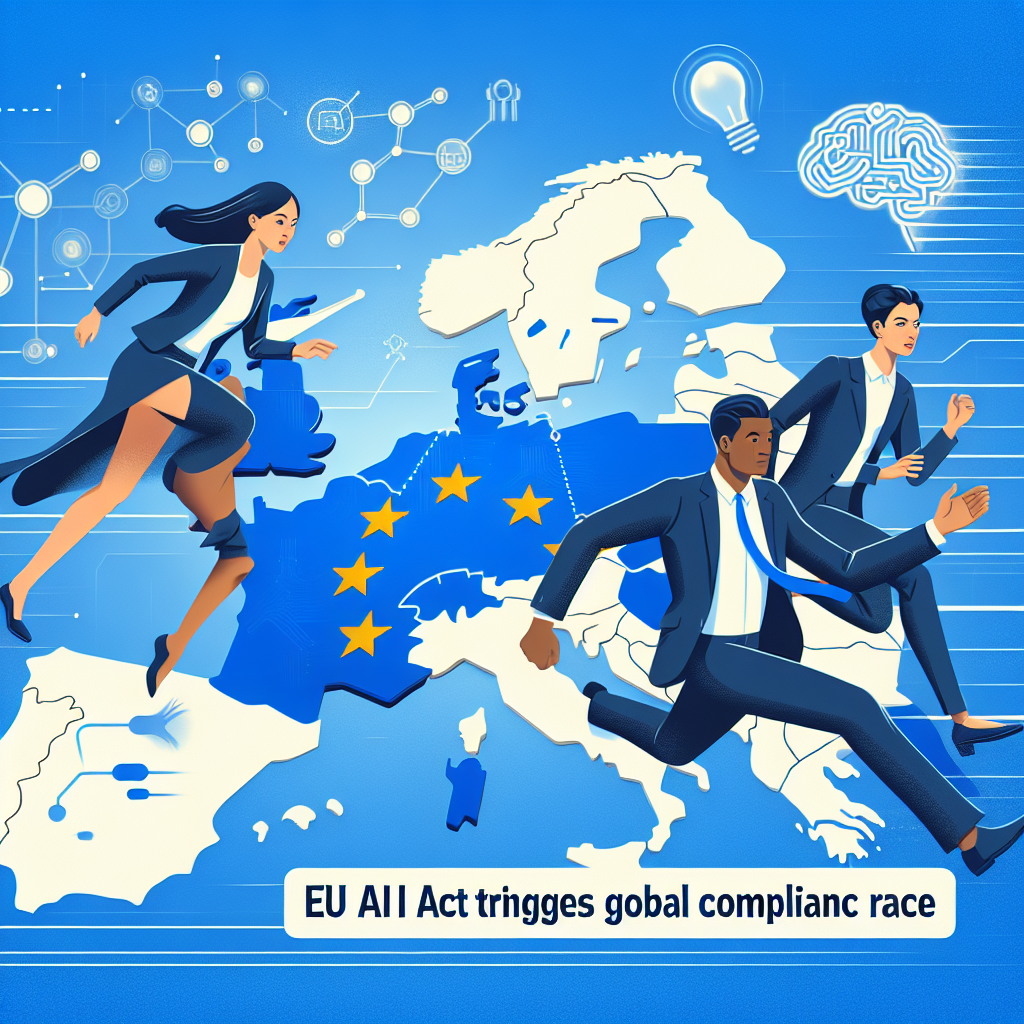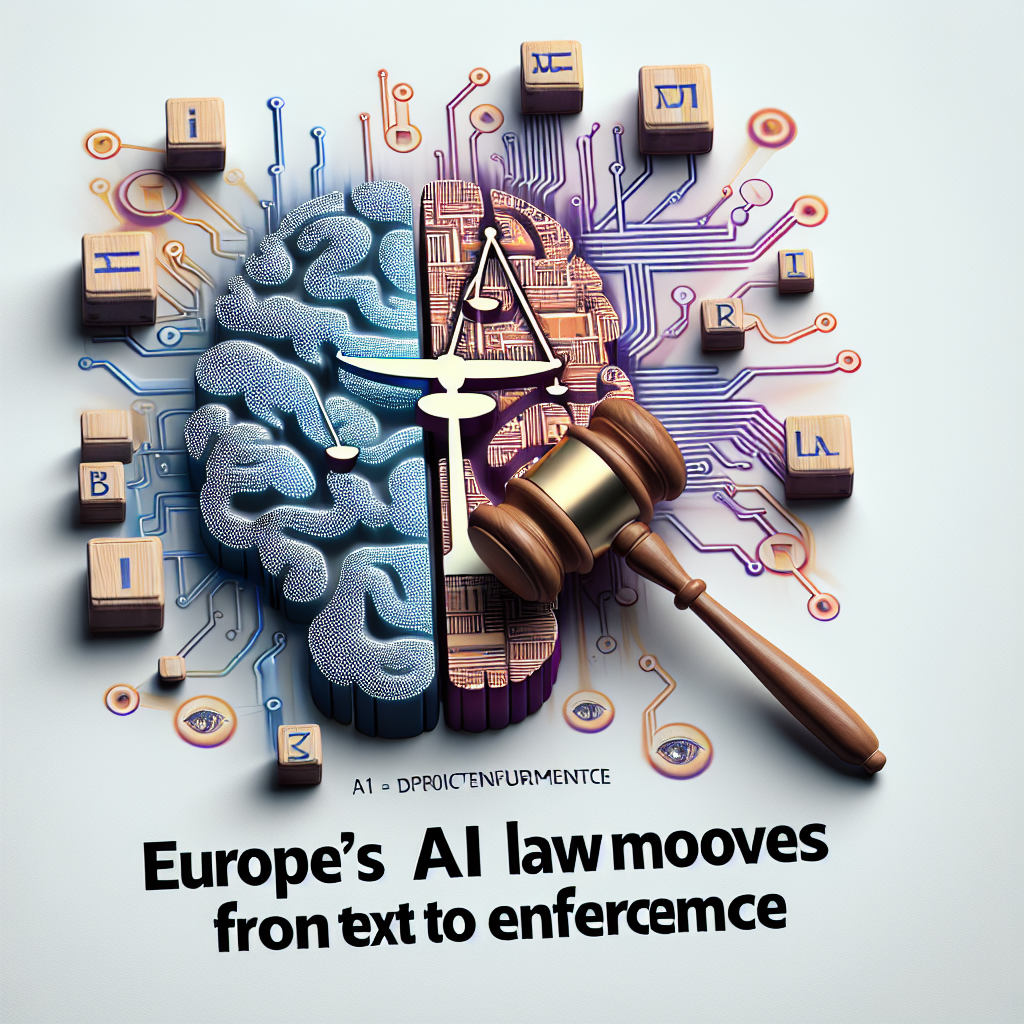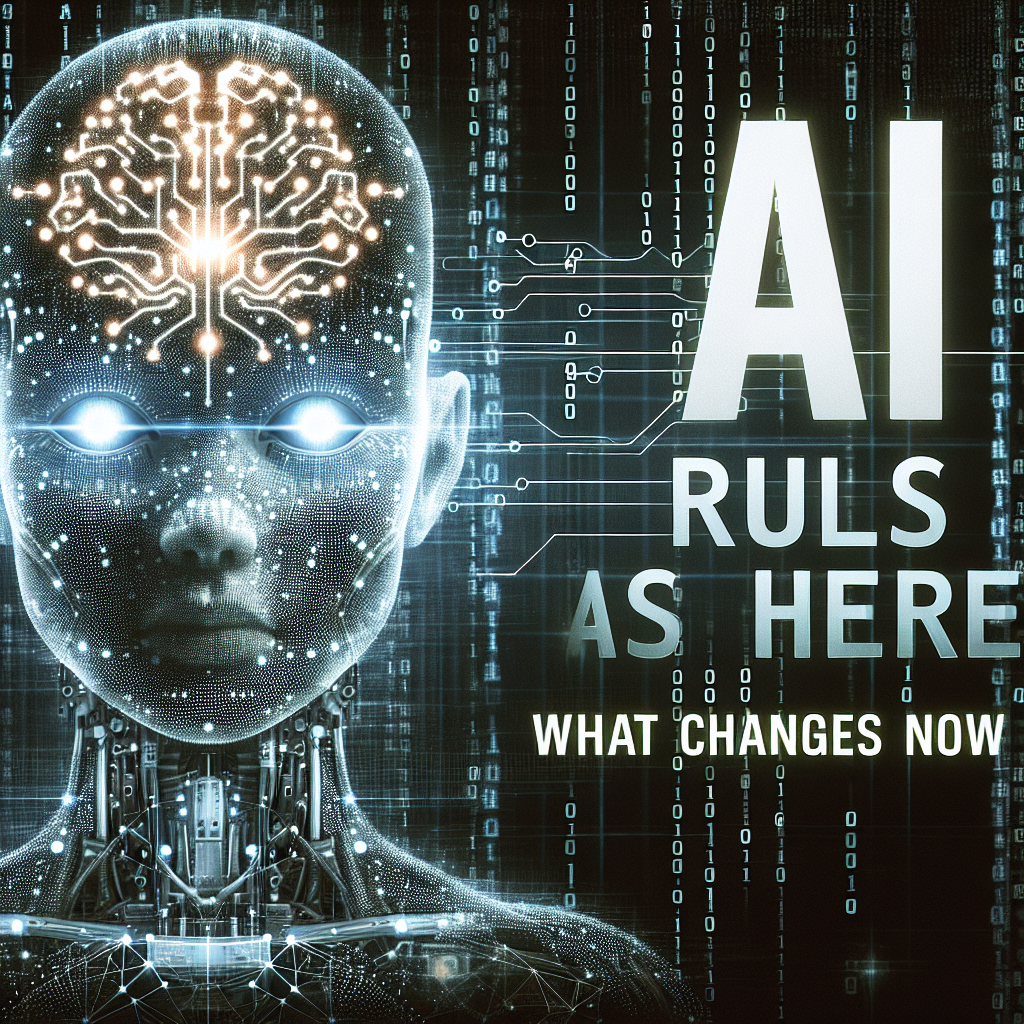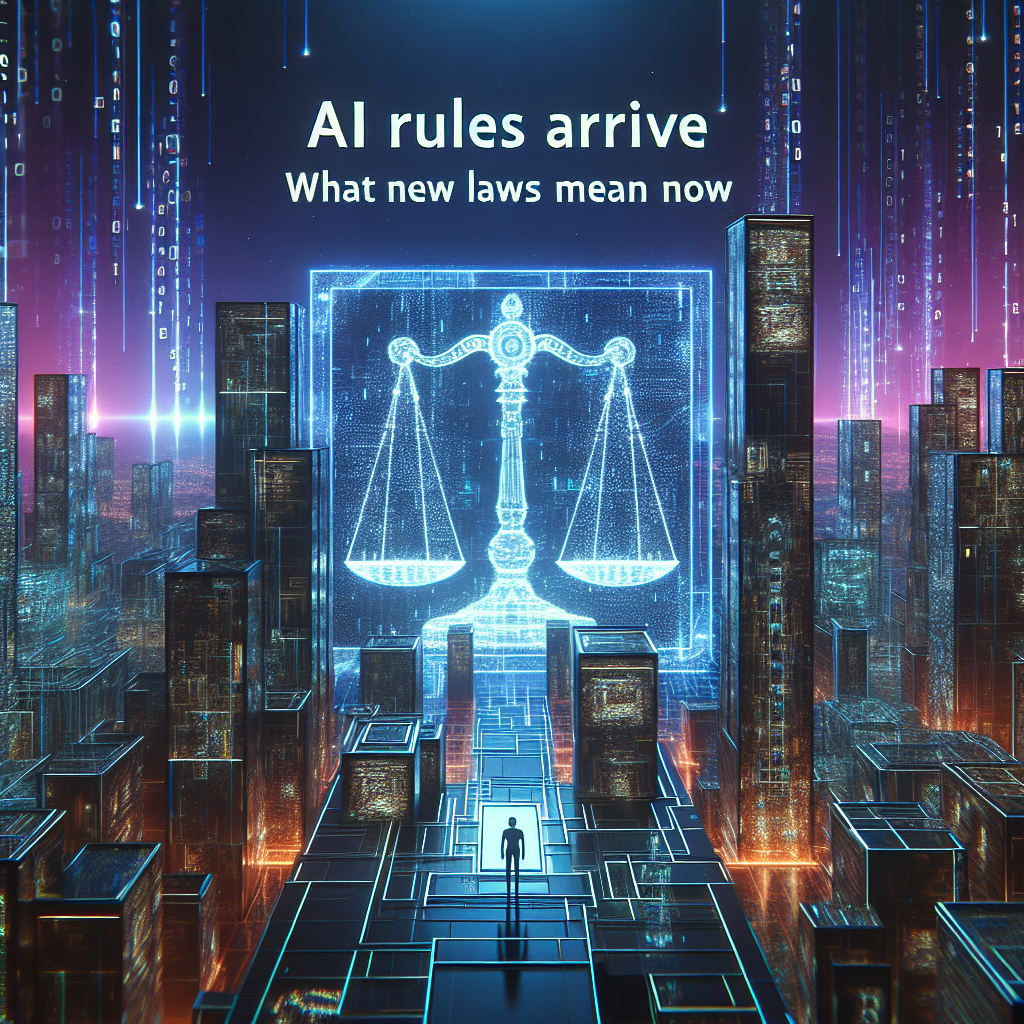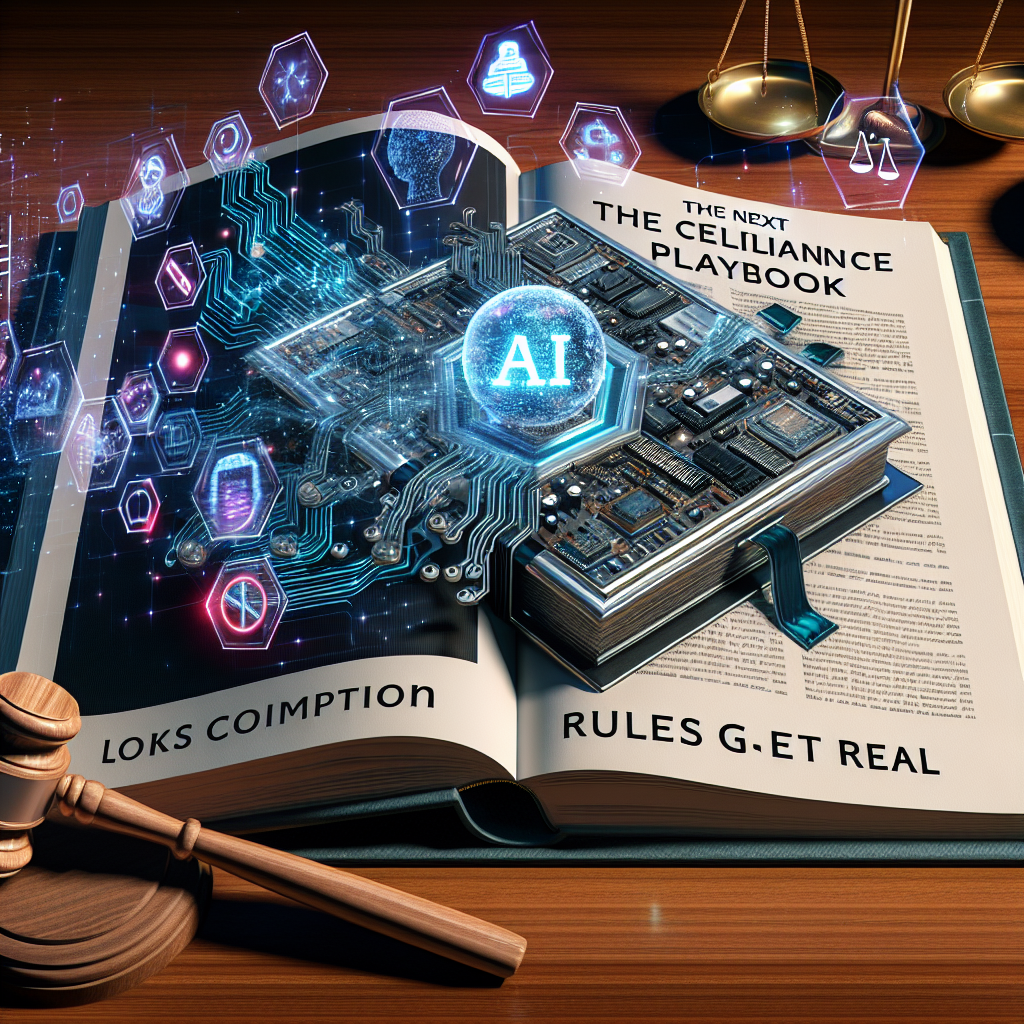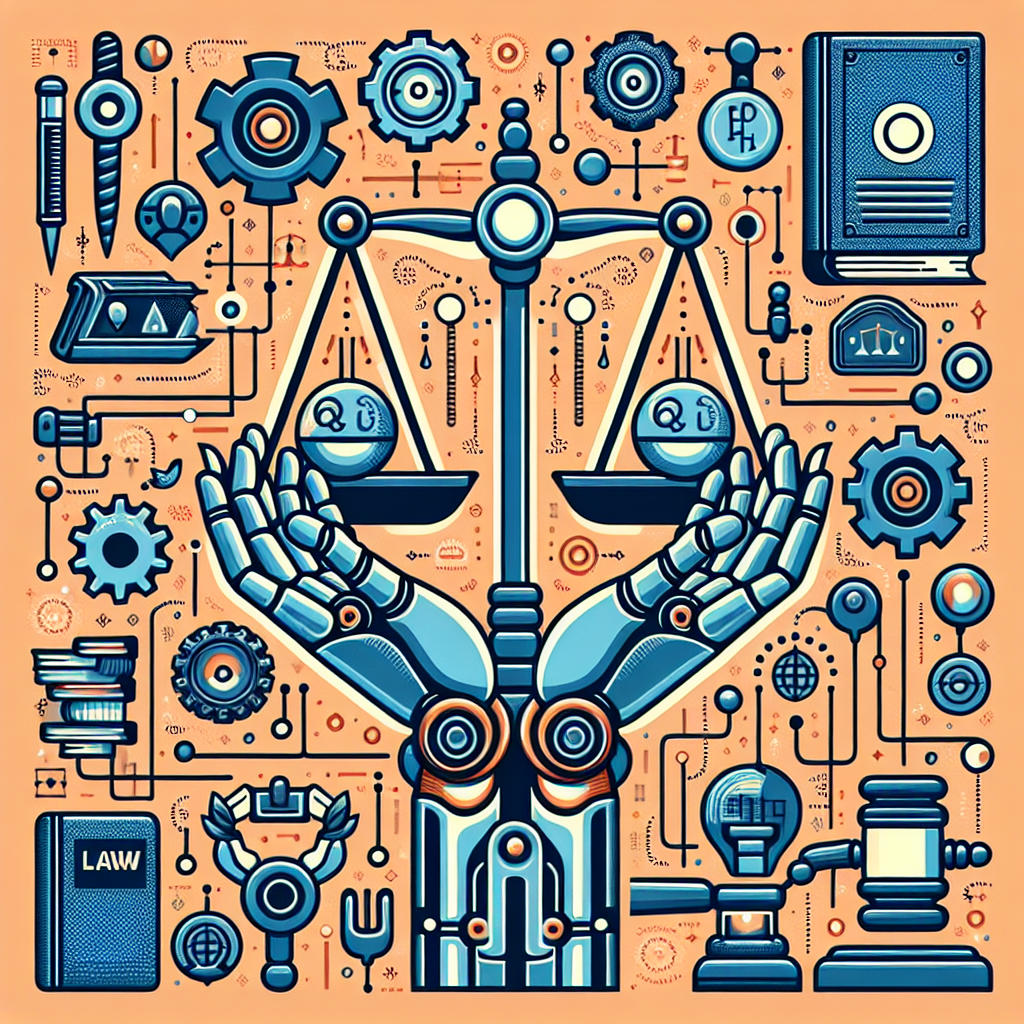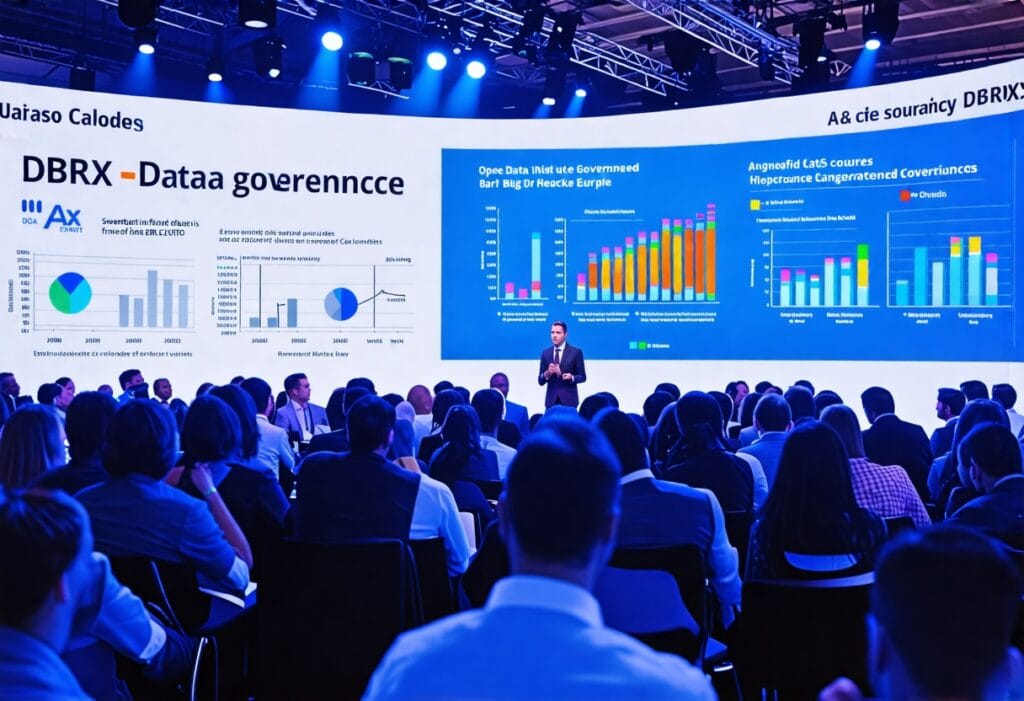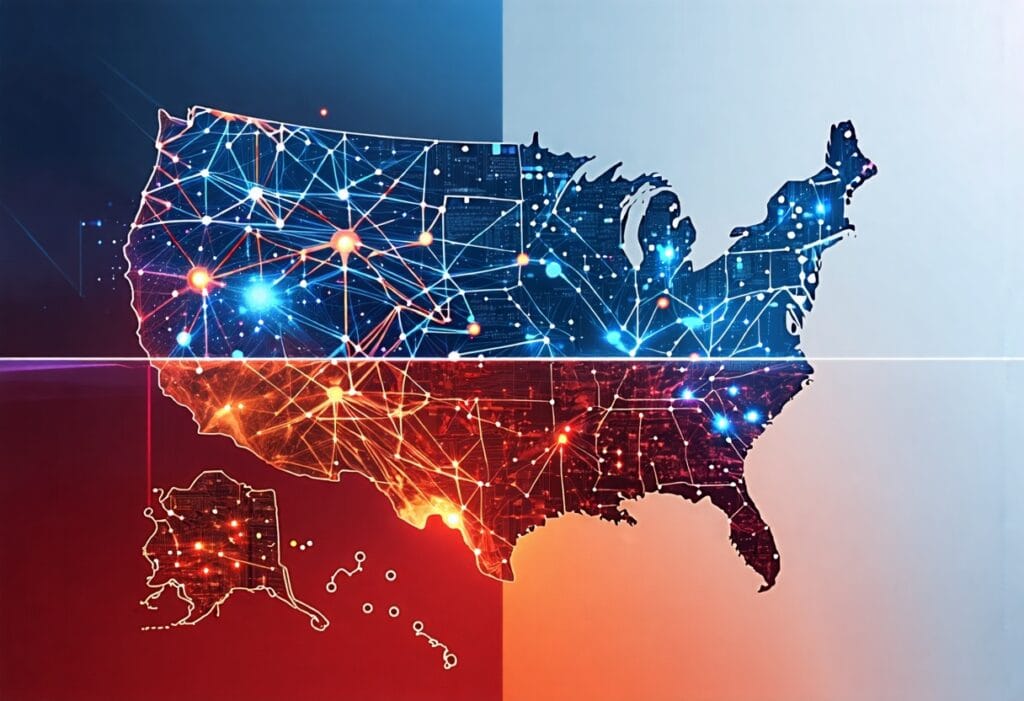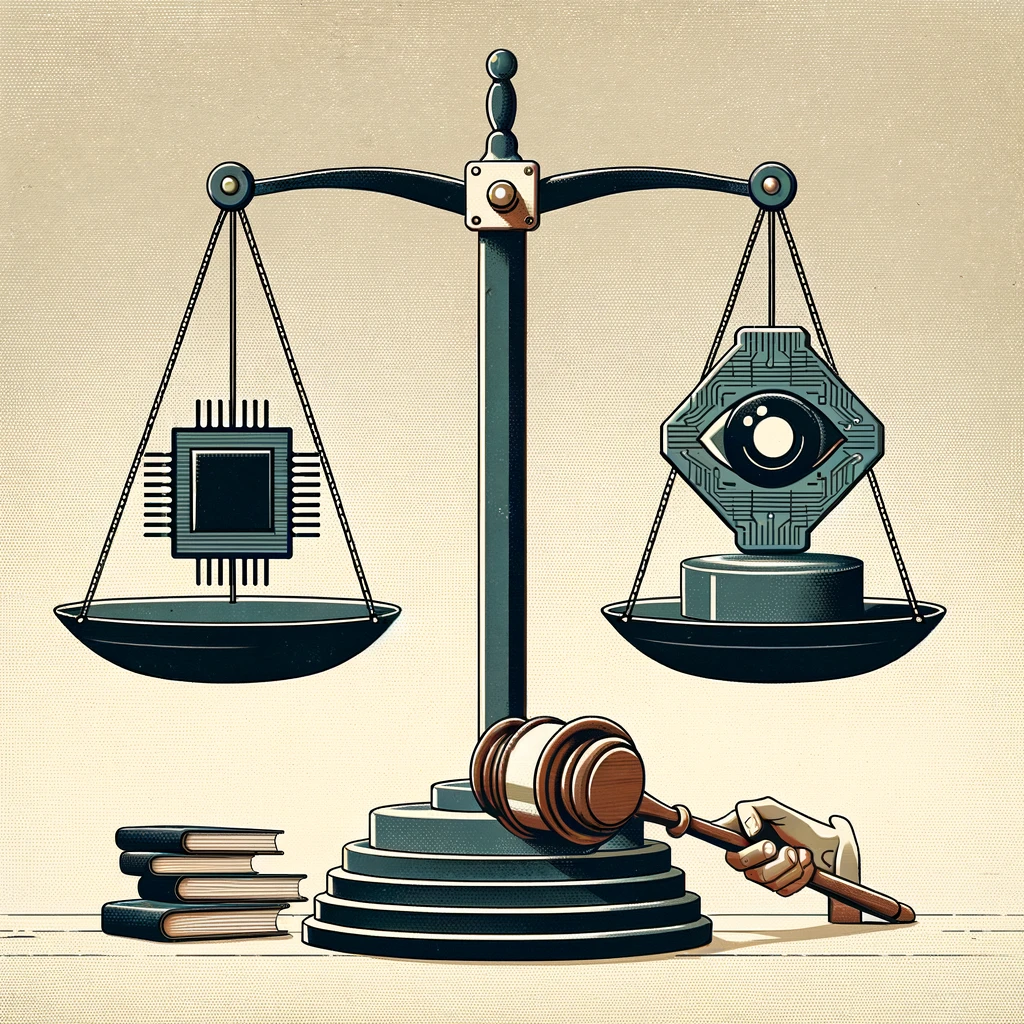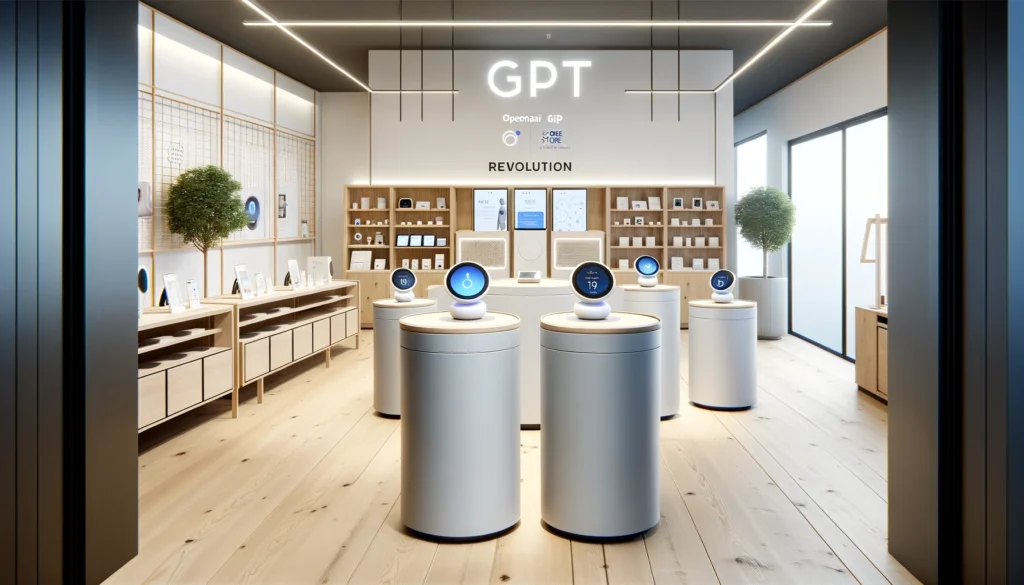EU’s AI Act Sets a New Global Bar for Regulation
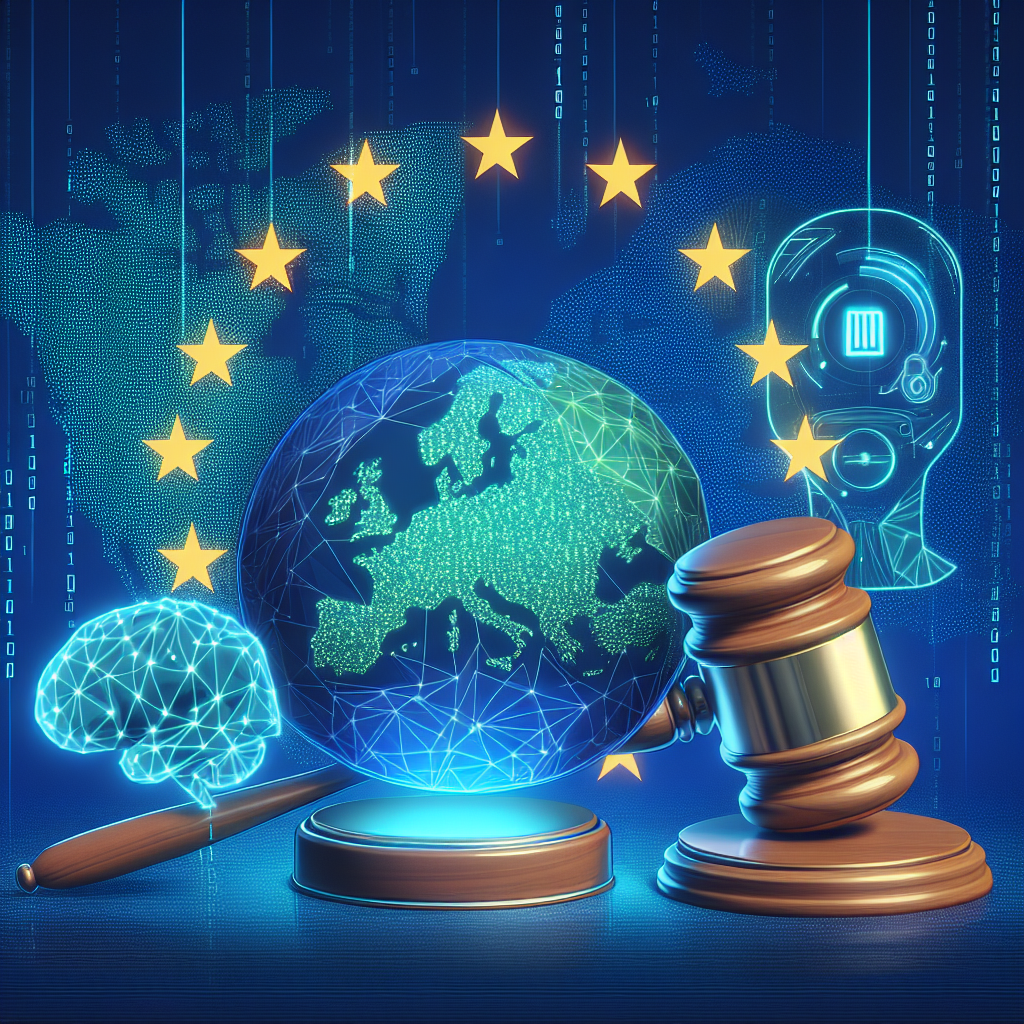
Europe finalizes sweeping AI rules with global reach
Europe has completed work on the Artificial Intelligence Act, a broad law that sets binding rules for AI systems across the European Union. Lawmakers describe it as a first-of-its-kind regime that blends consumer protection, fundamental rights safeguards, and market oversight. The European Parliament called it “the world’s first comprehensive AI law,” framing the measure as a model for other regions.
The AI Act is built on a risk-based approach. The European Commission says the framework is designed to increase trust and safety while preserving innovation. The law imposes the strictest controls on uses deemed unacceptable, significant obligations on high-risk tools, and transparency duties on lower-risk systems. Many of its provisions will roll out in phases over the next two to three years.
What the law covers
The Act applies to providers and deployers of AI systems that affect people in the EU, even if the companies are based elsewhere. It also brings so-called general-purpose AI models—large systems that can be adapted for many tasks—under defined transparency and safety expectations.
- Prohibited practices: The law bans certain uses viewed as incompatible with fundamental rights, such as social scoring by public authorities. It also restricts biometric identification in public spaces, while allowing narrow exceptions, such as for serious crimes under judicial authorization.
- High-risk systems: AI used in areas like critical infrastructure, education, employment, credit scoring, and law enforcement will face strict obligations. These include risk assessments, high-quality training data, technical documentation, human oversight, cybersecurity, and post-market monitoring.
- Transparency duties: Systems that interact with people, generate content, or detect emotions must make their AI nature clear. Deepfakes and synthetic media require labeling, with limited exceptions for legitimate uses like satire or national security.
- General-purpose AI (GPAI): Providers of large models must share technical details with downstream developers, document training data in broad terms, and assess safety and energy impacts. The law creates extra obligations for models deemed to pose systemic risk, including stronger security testing and reporting.
Penalties for non-compliance can be significant, scaled to global turnover and the type of infringement. National regulators will enforce rules, coordinated by a new EU AI Office that will focus on cross-border issues and oversight of powerful general-purpose models.
Why it matters now
The EU has a history of exporting digital standards. Its privacy law, the GDPR, reshaped data practices worldwide. Policymakers aim for a similar effect here. The AI Act compels companies that operate in Europe to follow consistent rules for risk management, documentation, and user safeguards. Those changes can ripple outward as firms align products to a single, stringent bar.
Advocates say the law fills urgent gaps. AI systems increasingly help screen job candidates, approve loans, and guide public services. Errors or bias in these systems can have lasting consequences. “Risk-based” regulation, the Commission has said, targets attention where potential harm is greatest while keeping low-risk uses largely unregulated.
Industry and civil society reactions
Reactions have been mixed. Large technology companies have welcomed regulatory clarity but warned about compliance burdens and uncertain definitions. Startups worry that documentation and testing costs could slow innovation or favor incumbents with bigger compliance teams.
Digital rights groups call the law an important step but say it leaves gaps. They argue that some biometric and predictive policing uses should be more tightly limited. Industry groups, meanwhile, want a smooth path for AI sandboxes to support research and pilot projects under supervision.
One European Parliament summary highlights the law’s scope as “the world’s first comprehensive AI law,” a phrase that underscores the EU’s ambition to set global norms. Supporters argue that clear rules can increase public trust and demand for reliable tools. Critics caution that unclear boundaries for “systemic risk” could create legal uncertainty for model providers.
How enforcement will work
The AI Act creates new governance layers. National authorities will supervise providers and deployers in their jurisdictions. A European-level AI Office will coordinate guidance, test methods for evaluating general-purpose models, and manage cross-border cases. Companies will be expected to maintain technical files, logs, and impact assessments that regulators can review on request.
- Phased timeline: Bans on the most harmful uses will take effect first, followed by transparency and general-purpose model duties. High-risk obligations will apply later, allowing time for standards and testing methods to mature.
- Standards and guidance: The EU will lean on technical standards bodies to define measurable requirements, from data quality to robustness testing. Harmonized standards could lower compliance costs if they are clear and widely adopted.
- Sandboxes: Regulators will support supervised testing environments so organizations can experiment with new systems while meeting safety requirements.
Global ripple effects
Other governments are moving in parallel. The United States is relying on sector rules, an executive order on safety and security, and the National Institute of Standards and Technology’s voluntary AI Risk Management Framework. The United Kingdom favors a principles-based approach through existing regulators. China has rules for recommendation algorithms, deep synthesis, and generative AI, with a focus on content controls and registries.
The EU’s law may influence all of them. Companies that operate globally may adopt AI Act-style documentation, labeling, and testing as a baseline. That could reduce fragmentation but also raise the bar for entry. Cross-border cooperation will be critical for evaluating powerful models, sharing incident reports, and aligning safety evaluations.
What changes for companies
For many organizations, the biggest shift is treating AI as a regulated product with lifecycle obligations. That means mapping AI use cases to risk tiers, designating accountable leaders, and building compliance into engineering workflows.
- Inventory and risk mapping: Firms will need to catalog AI systems, classify them under the Act, and identify possible harms and mitigations.
- Data and testing: High-risk systems must use appropriate, representative data. They also need testing for performance, bias, security, and resilience before and after deployment.
- Human oversight: The law expects clear human control points. Staff must understand model limits and be able to intervene or override outcomes.
- Transparency and user rights: People should know when they interact with AI or AI-generated content, and they should have channels to contest harmful decisions in sensitive contexts.
Open questions and next steps
Some details remain unsettled. Technical standards for evaluating general-purpose models are still in development. Regulators must finalize guidance for documentation, incident reporting, and red-teaming. The threshold for classifying a model as creating “systemic risk” will shape how many providers face the toughest obligations. And national authorities will need resources and expertise to enforce rules without stifling innovation.
Economic impacts are also uncertain. Compliance costs could rise in the short term. Over time, clarity may reduce legal risk and foster a market for safer AI components, testing tools, and assurance services. Companies that invest early in governance may gain an advantage as buyers and partners demand proof of responsible development.
The bottom line
The AI Act marks a new phase for artificial intelligence in Europe and beyond. It sets enforceable guardrails while leaving space for research and low-risk uses. Supporters see a framework that can boost trust and channel AI toward public benefit. Skeptics worry about red tape and gray areas. What is clear is that the law’s influence will extend far beyond the EU’s borders. For many, compliance will not be optional but a prerequisite for access to a key market. As implementation begins, the balance between innovation and protection will be tested in real-world deployments, audits, and courtrooms.


















